Day 42 - Visiting Four Temples In Hitoyoshi, The Kyushu 108 Temple Pilgrimage, Japan

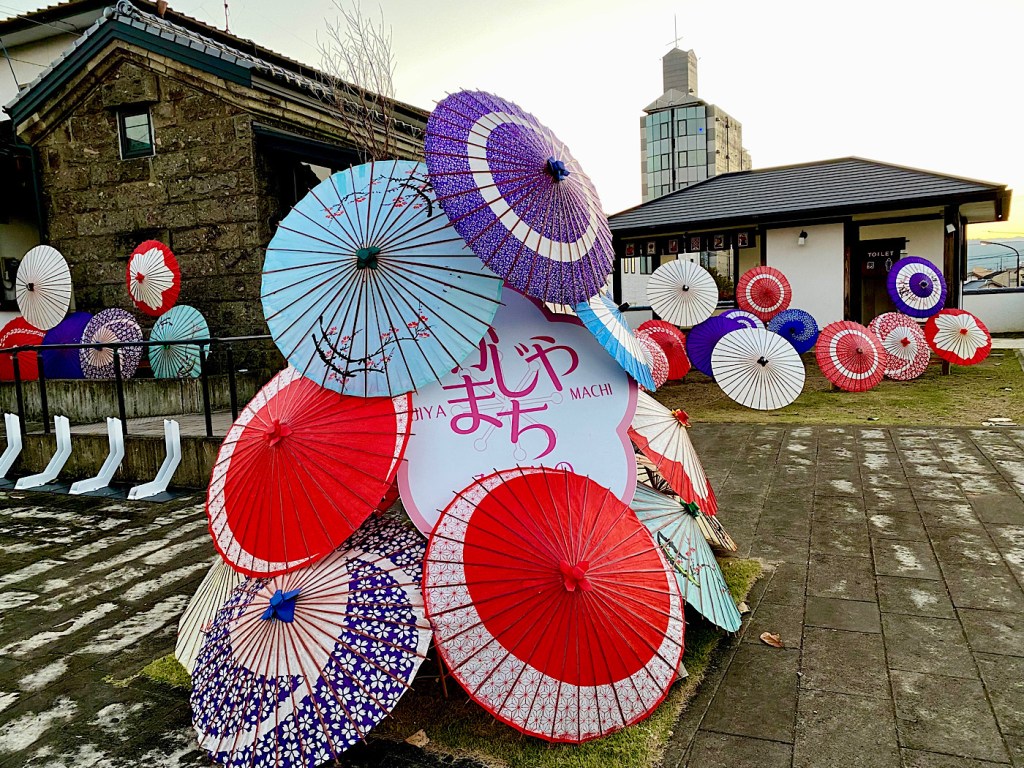
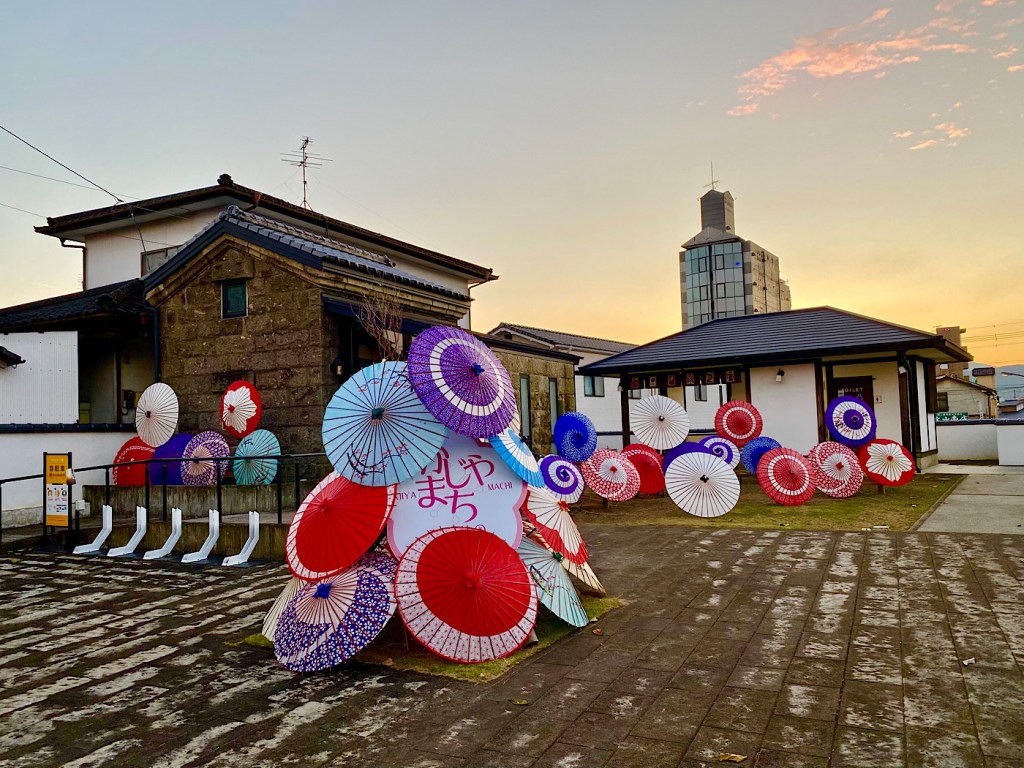
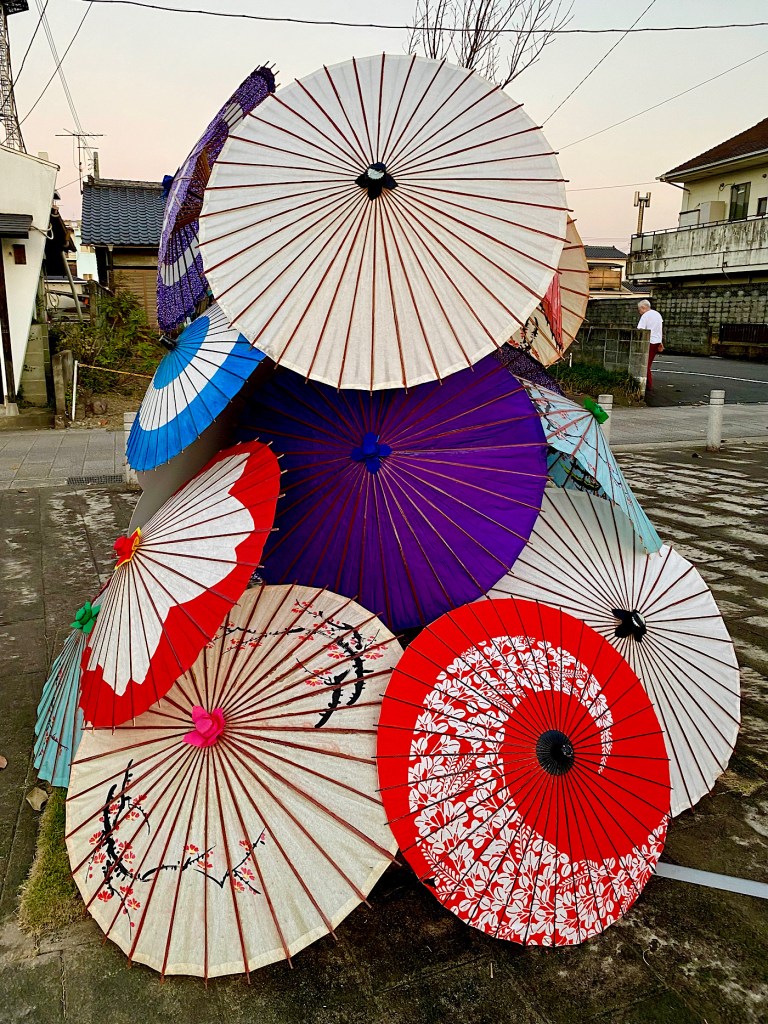
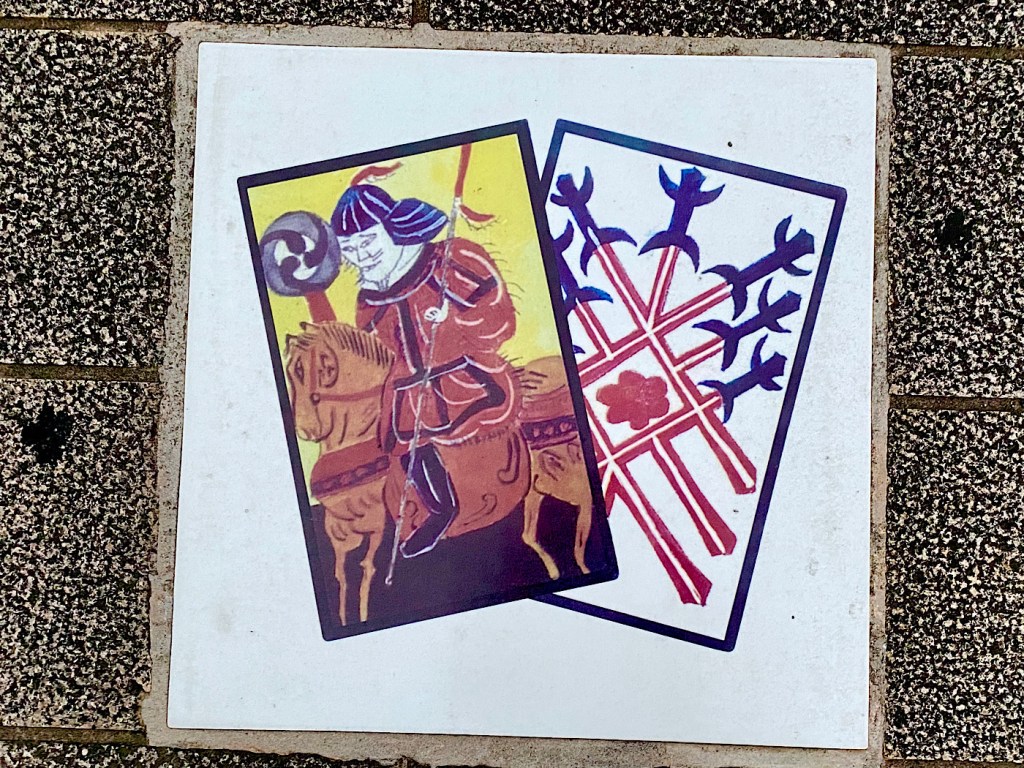
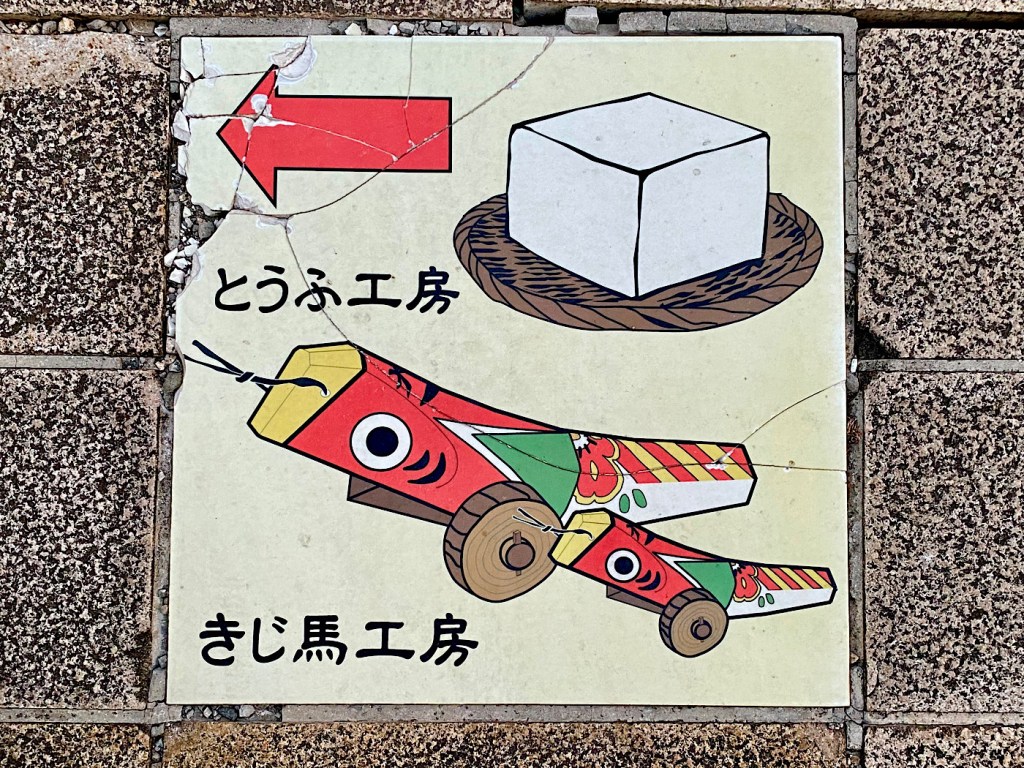
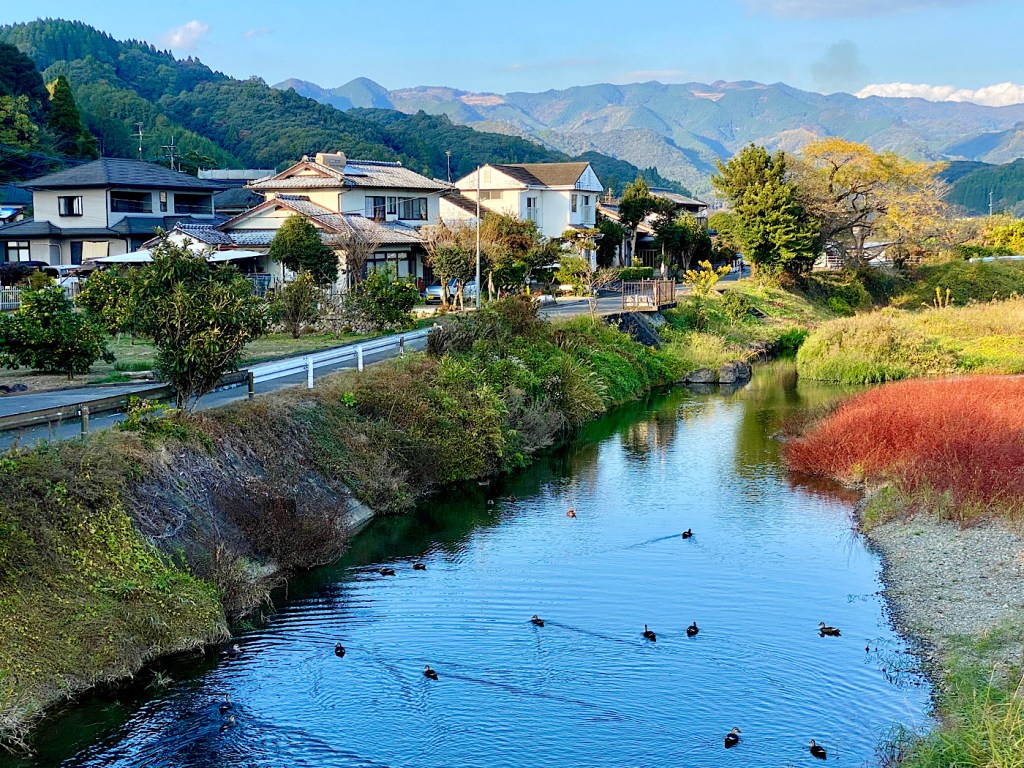

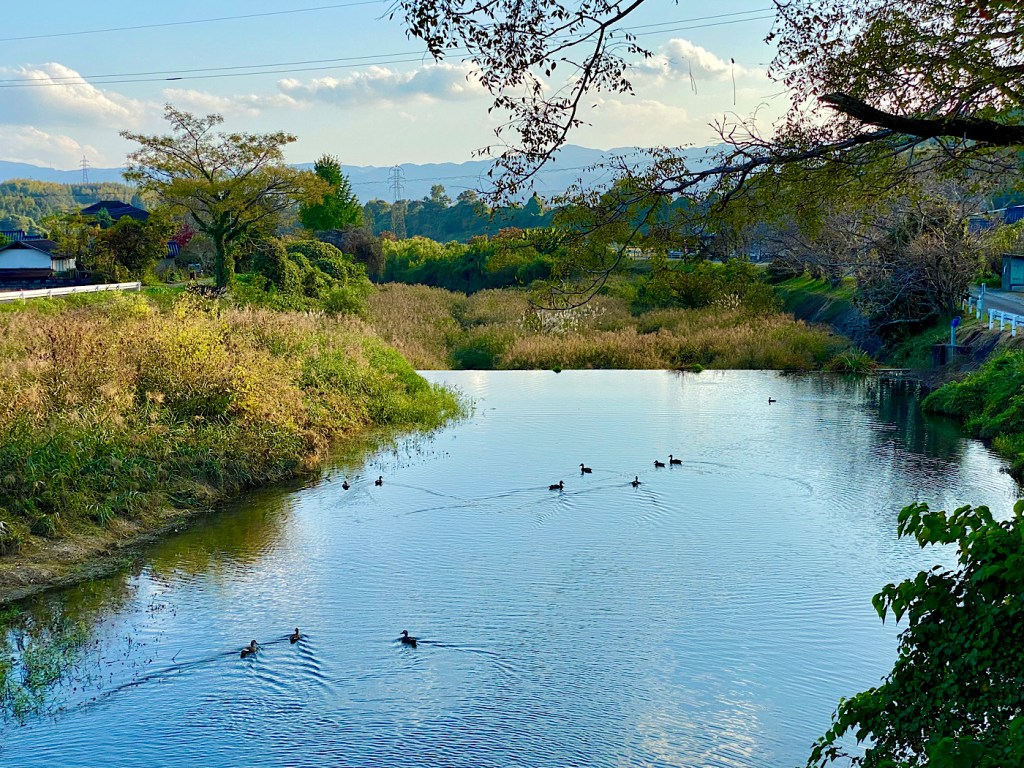

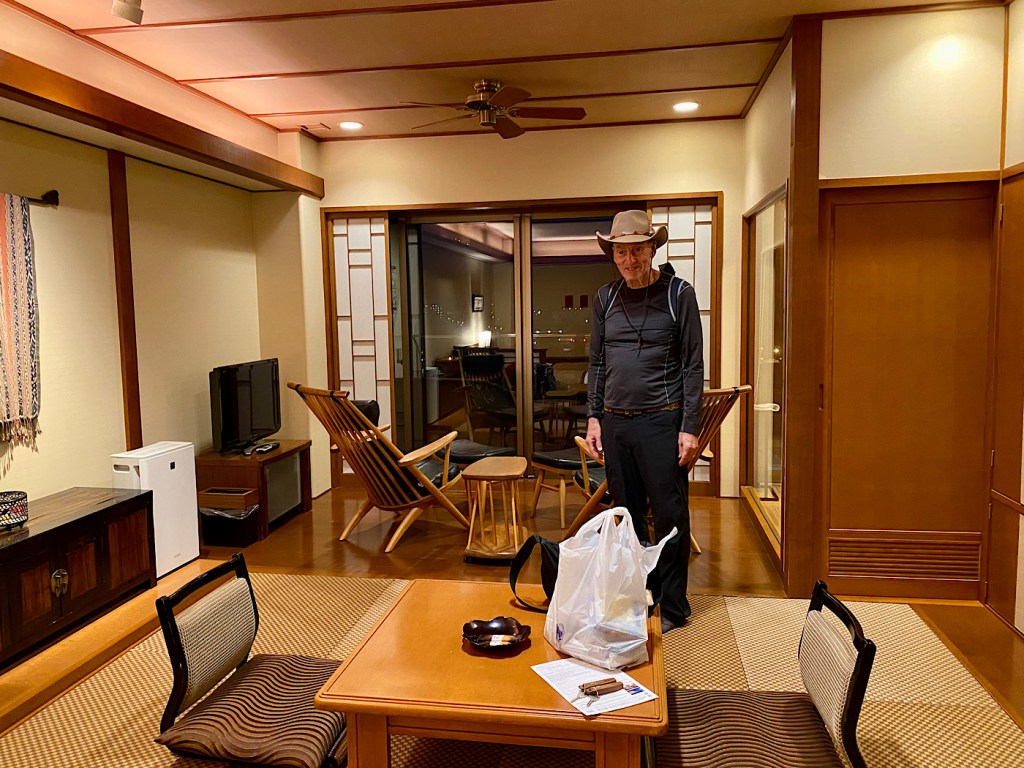
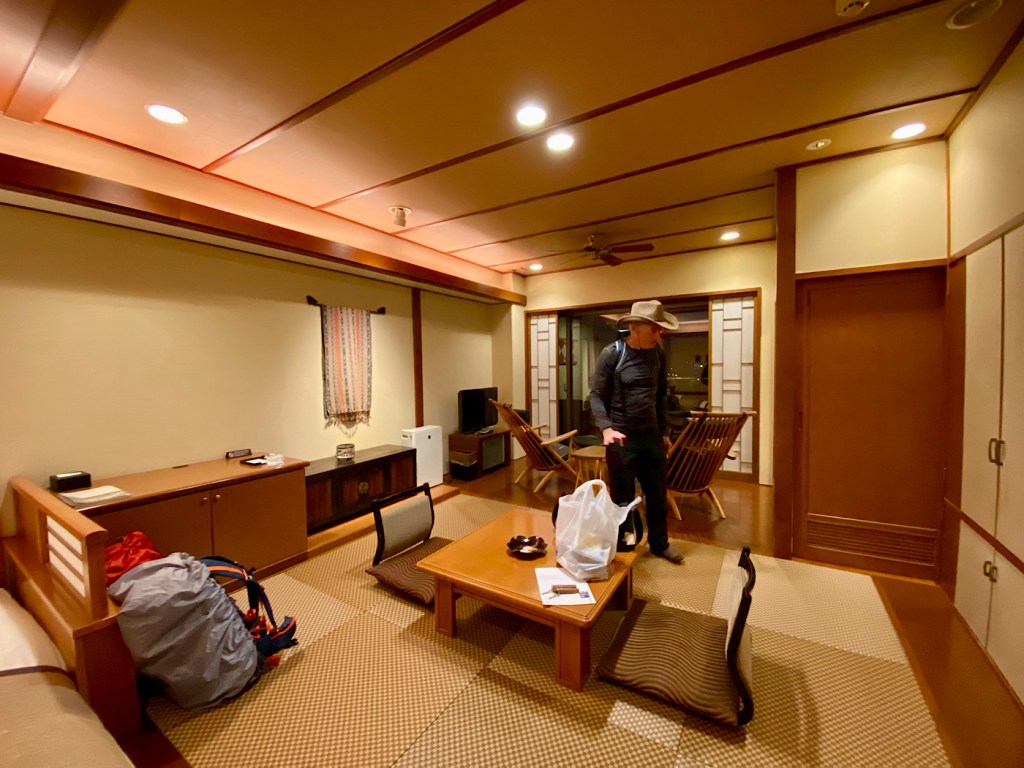
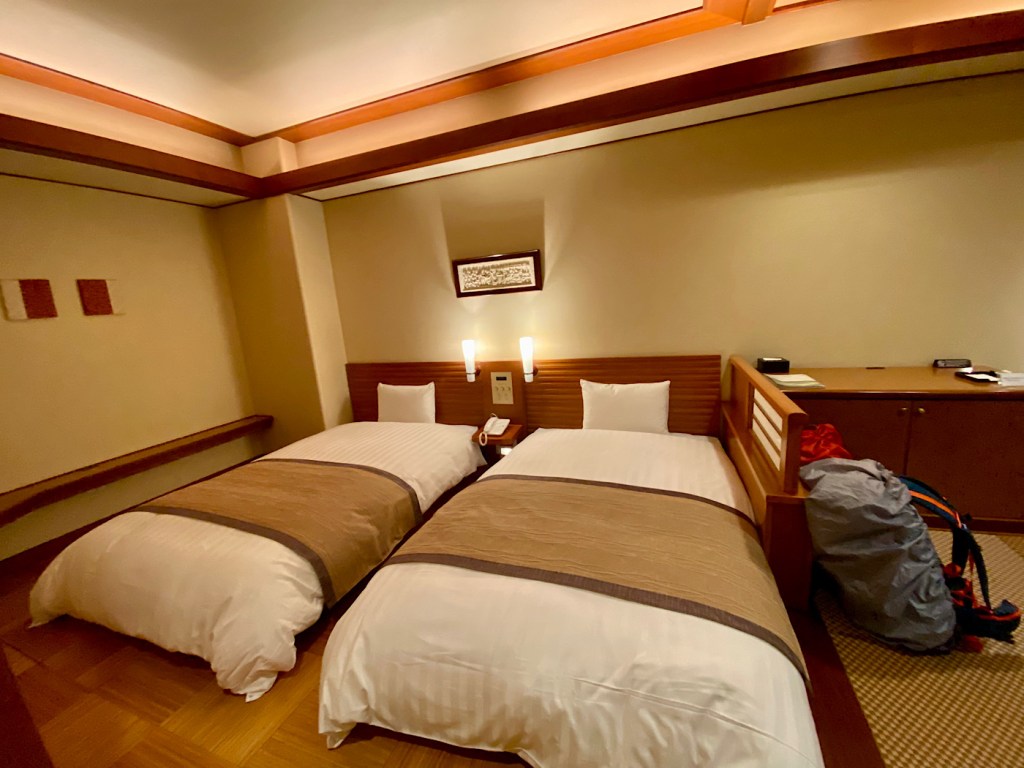
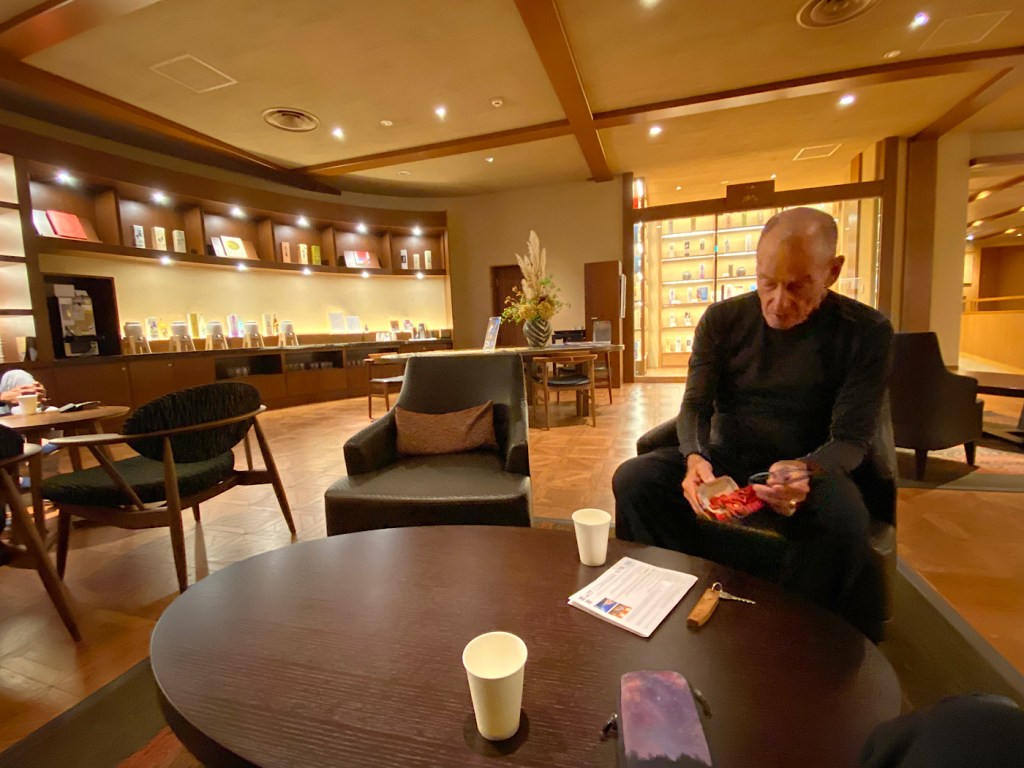


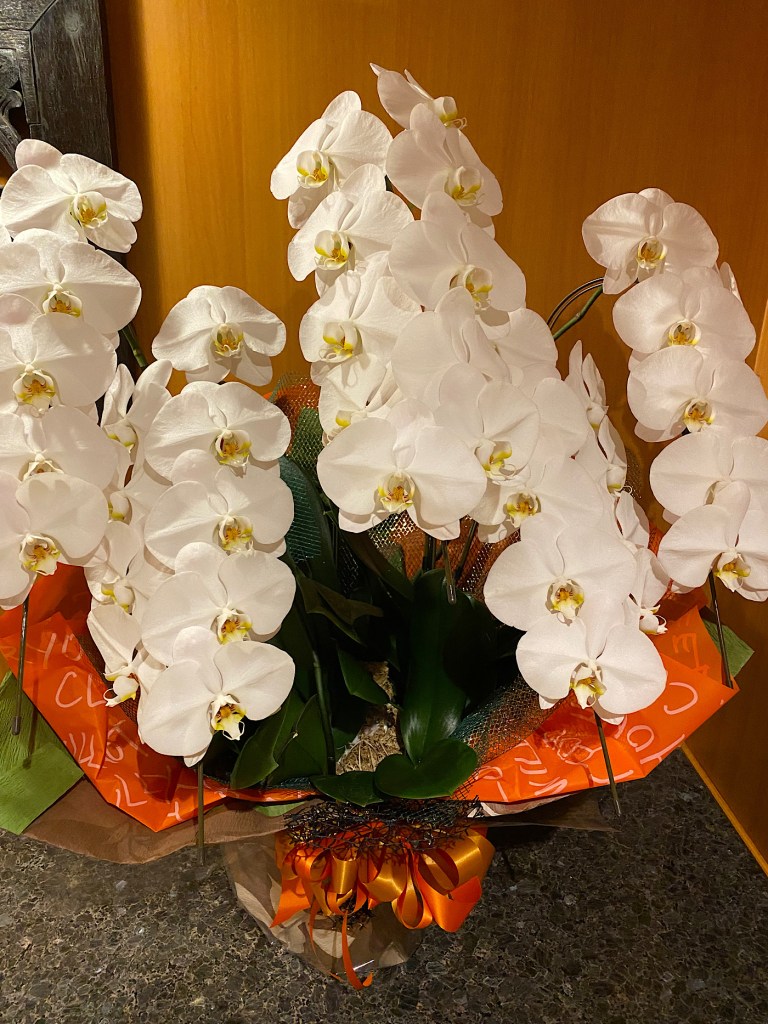

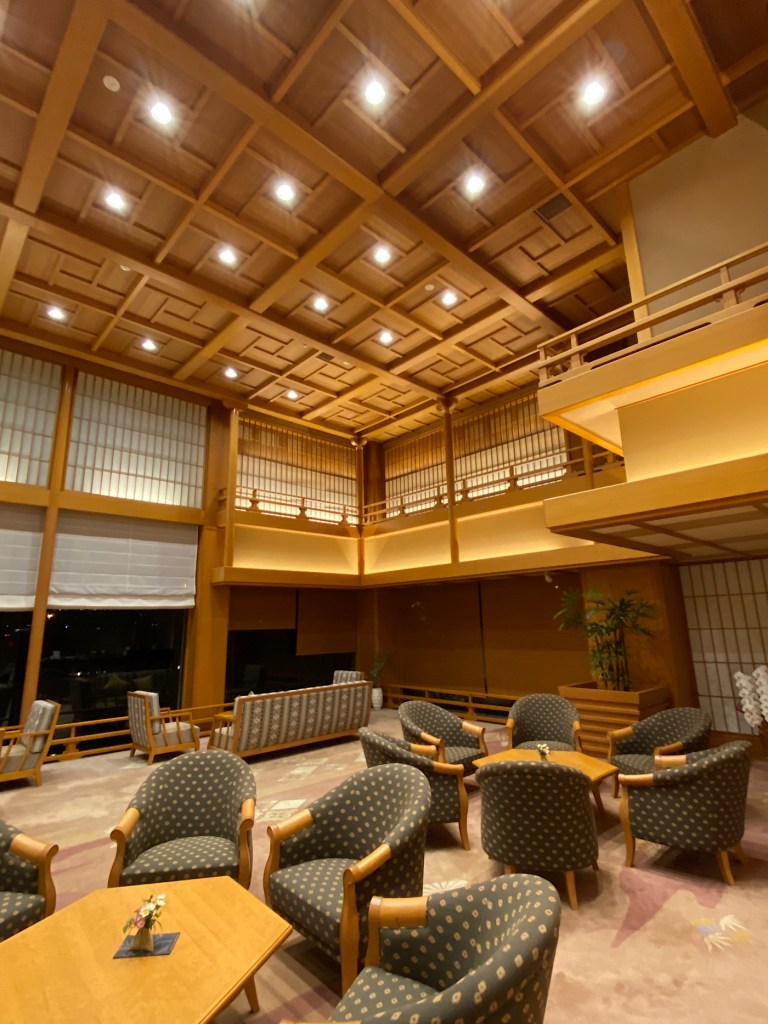
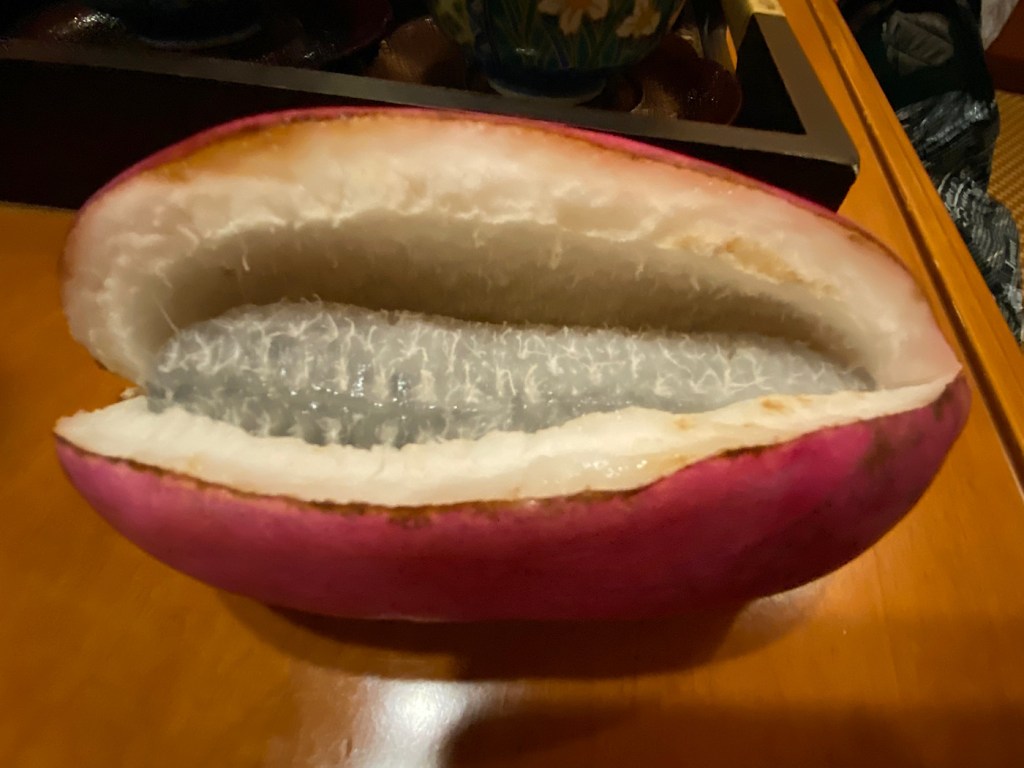
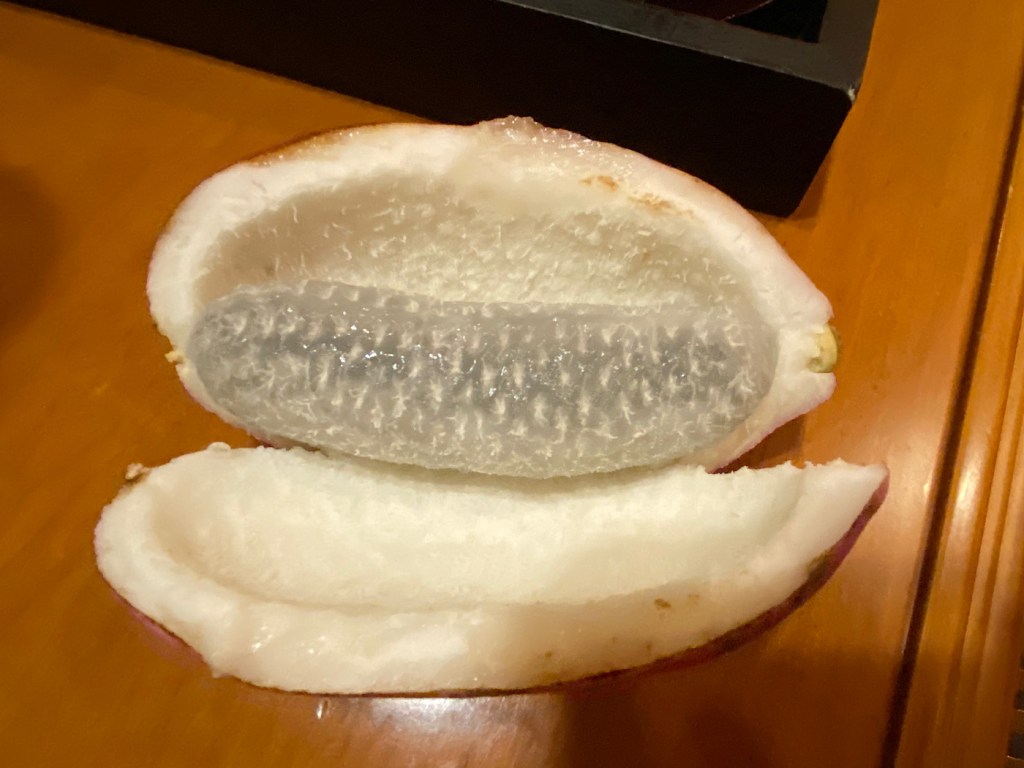
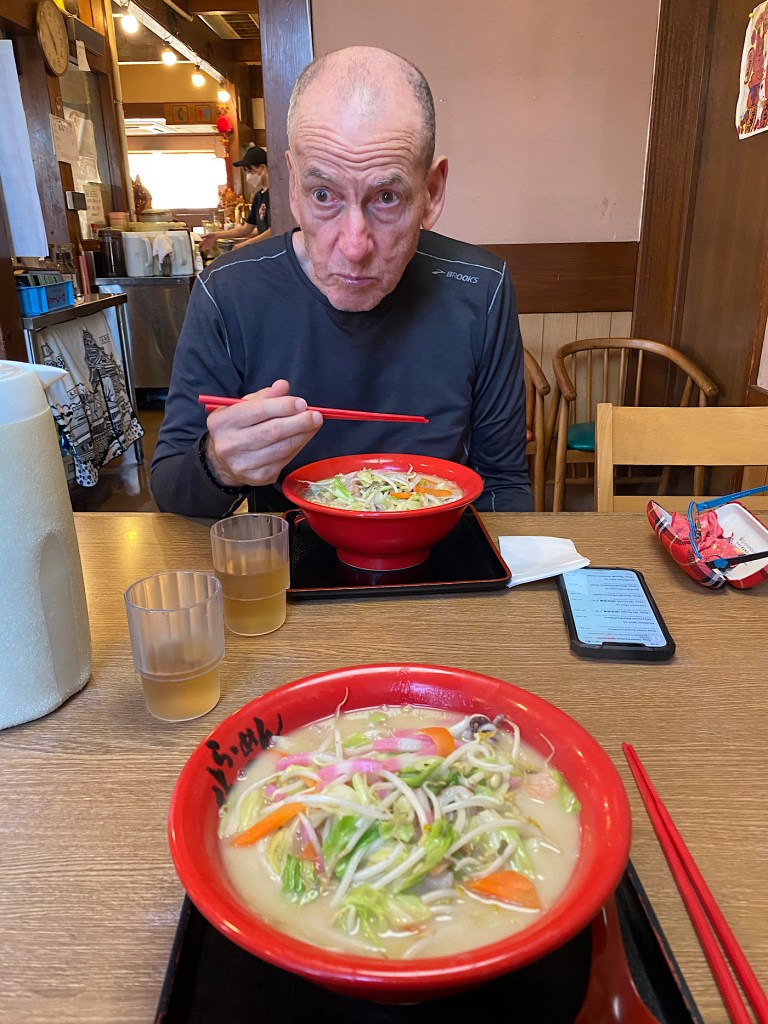
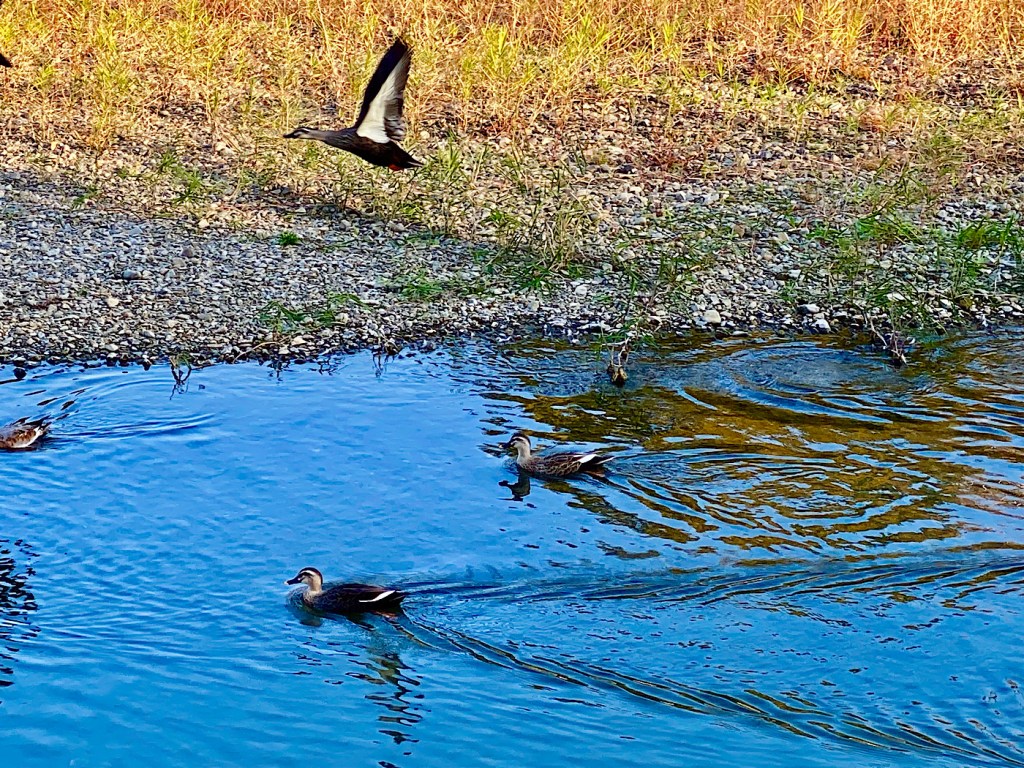
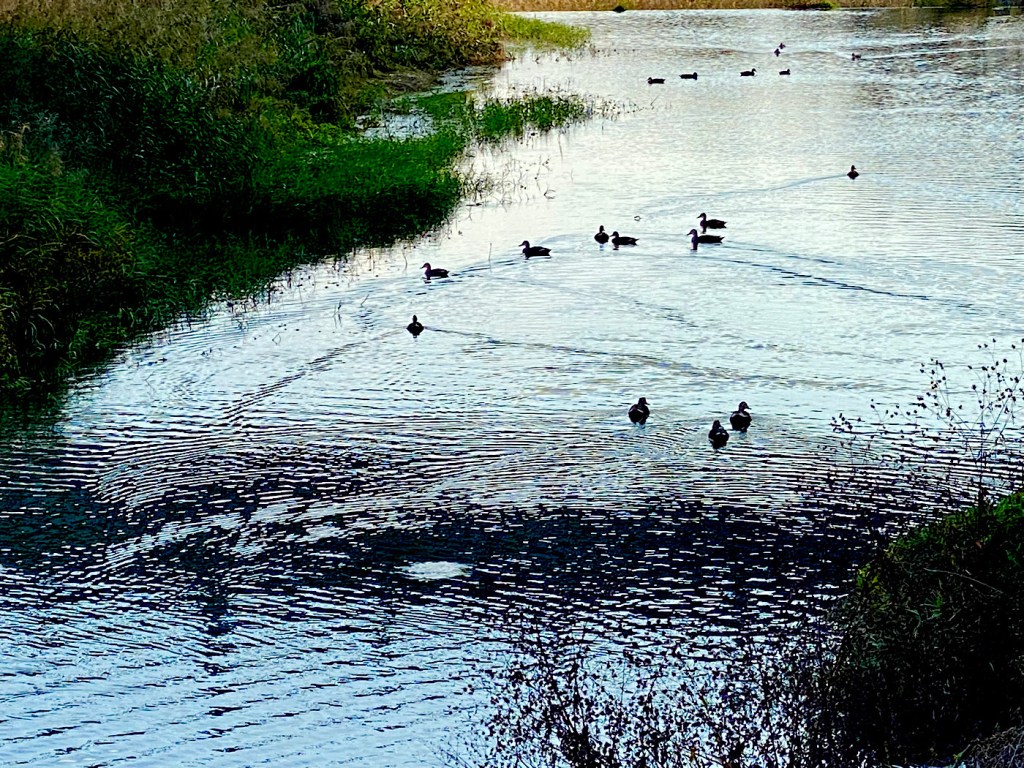

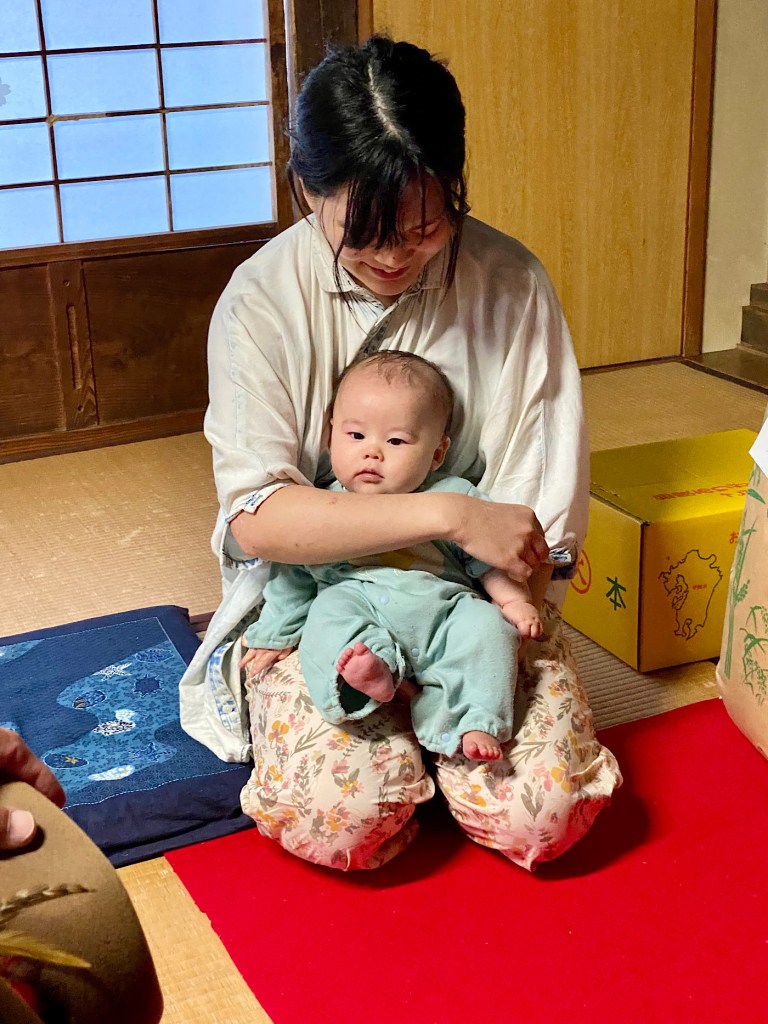

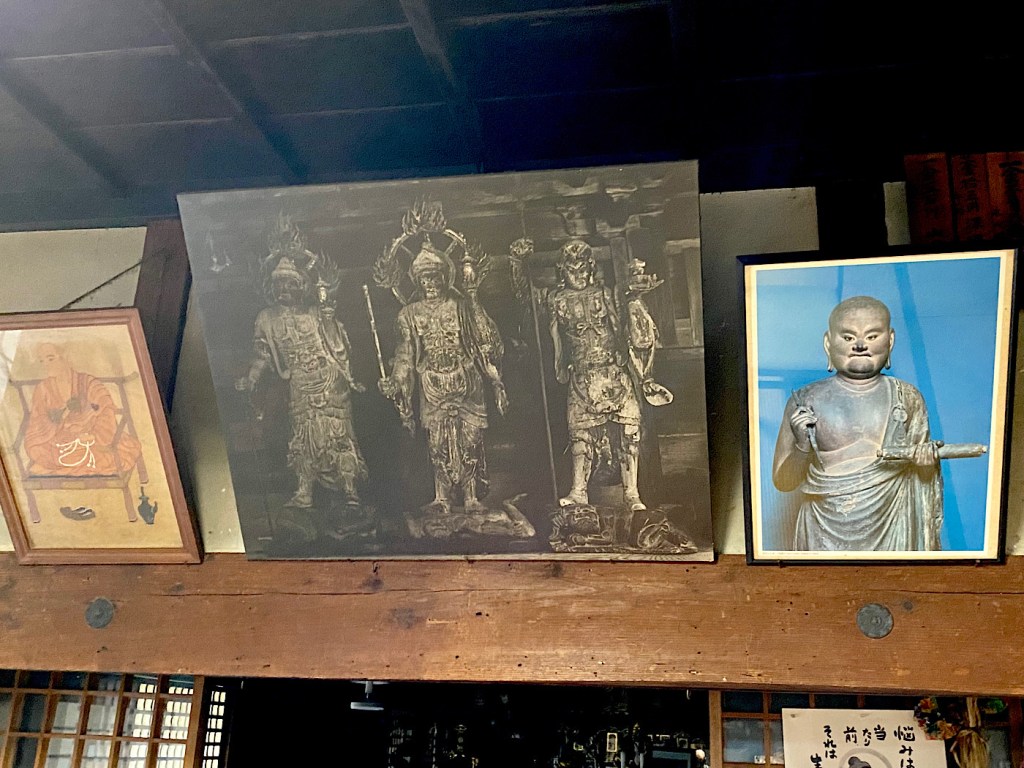
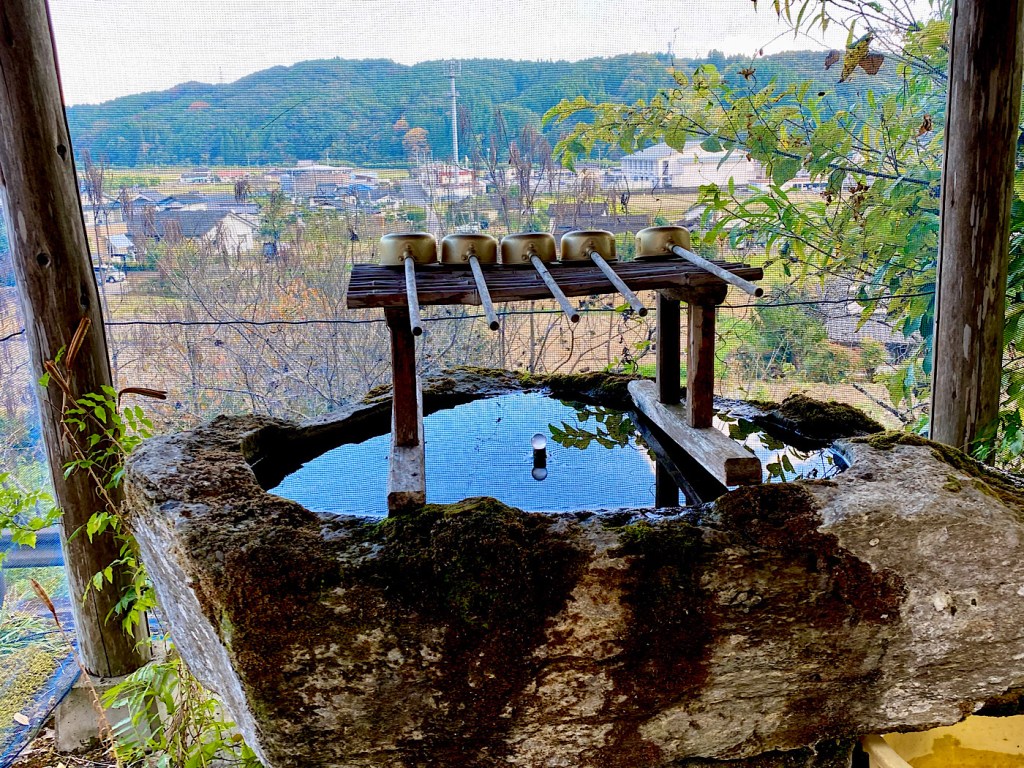
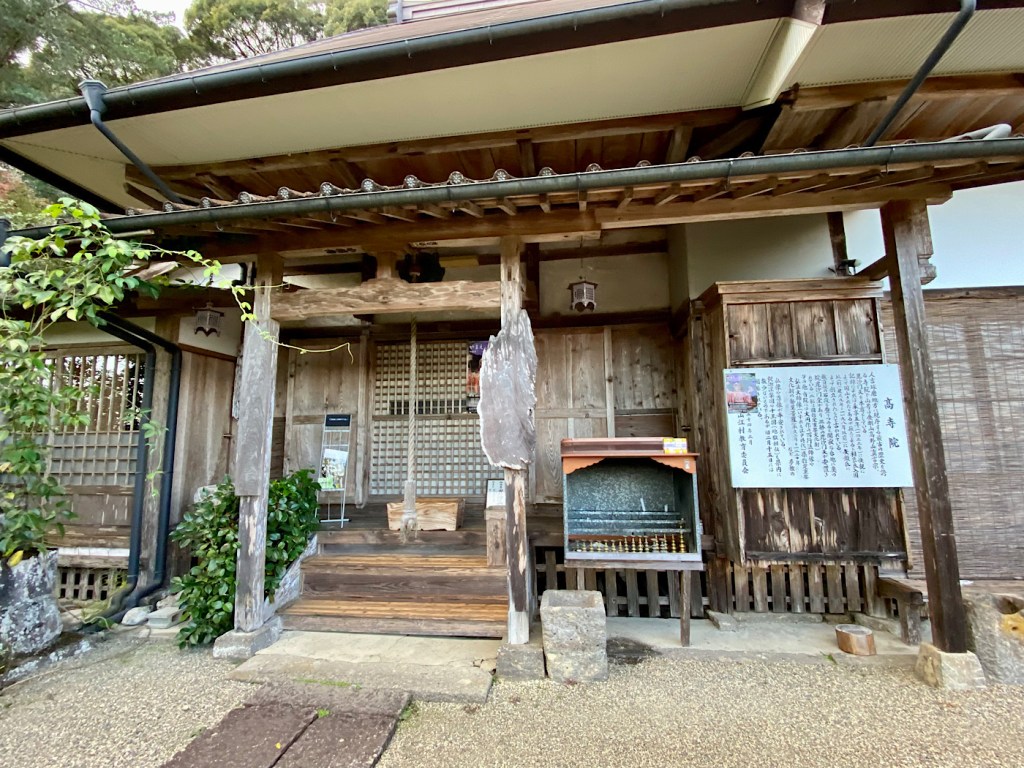
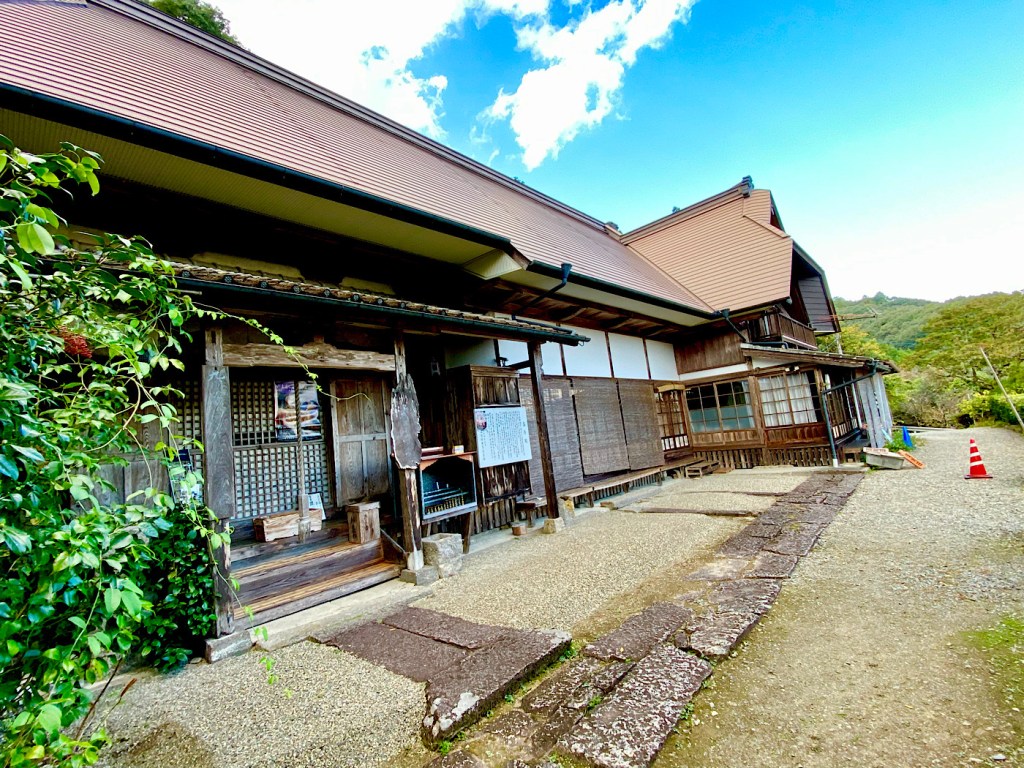
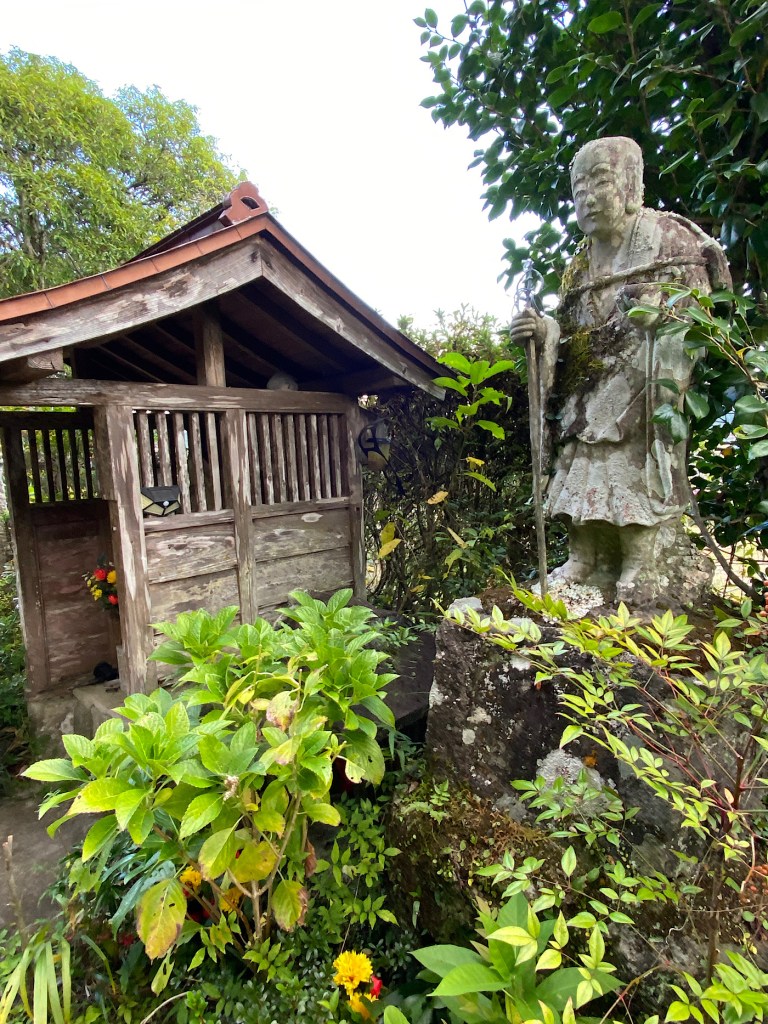
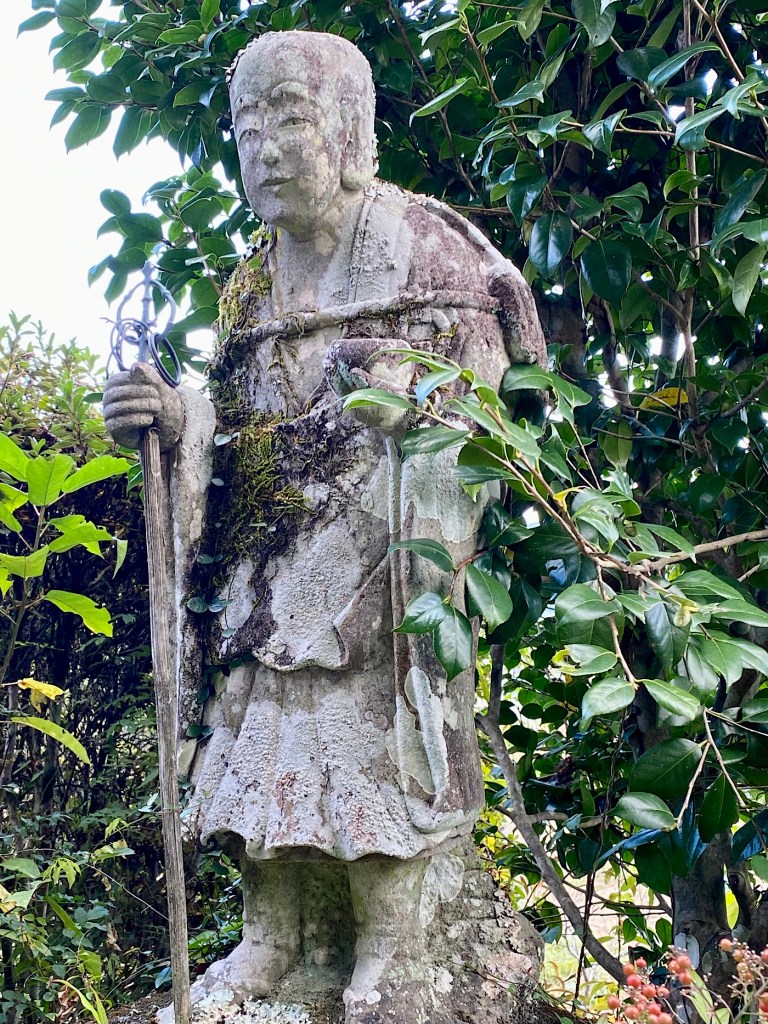
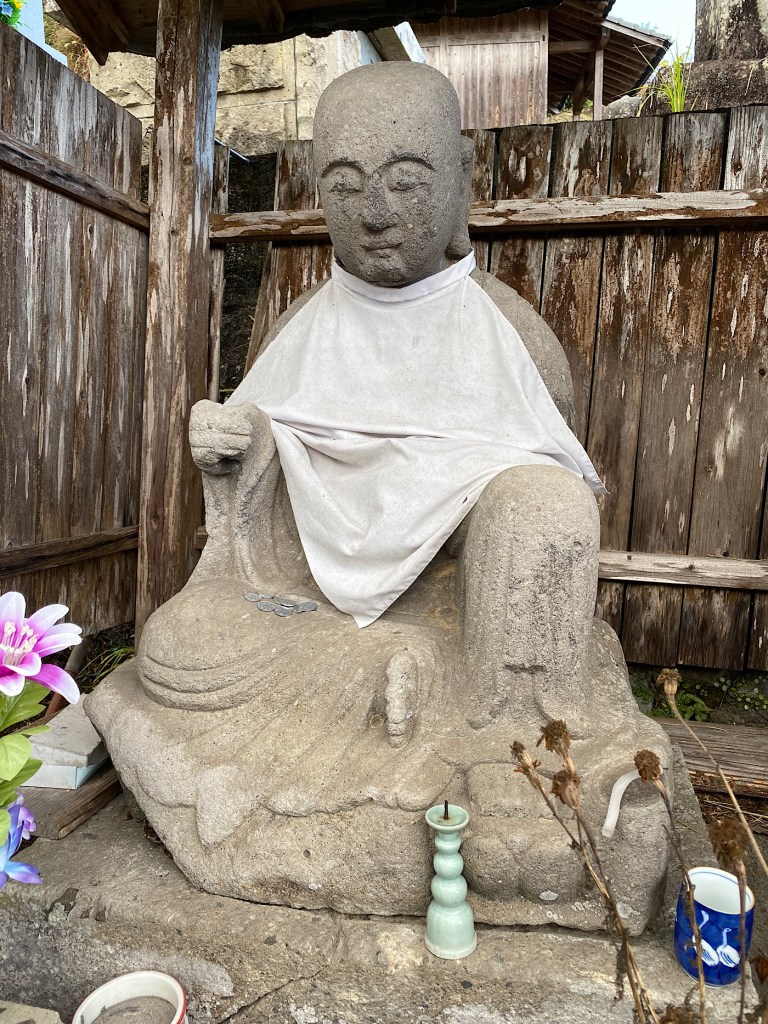
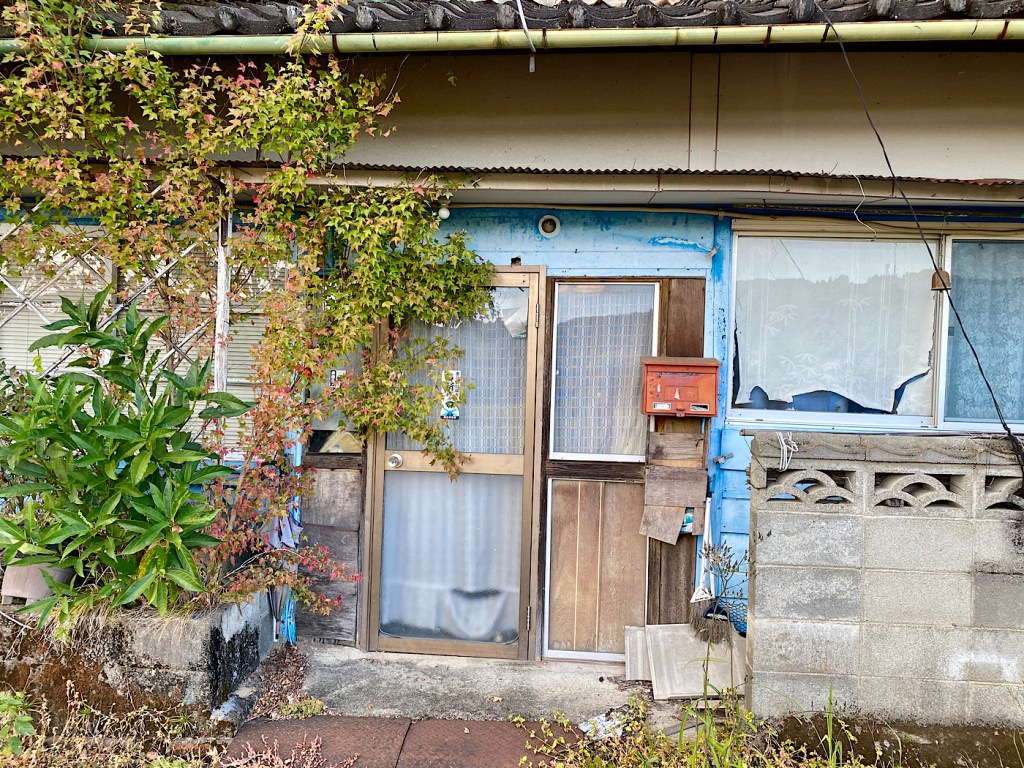

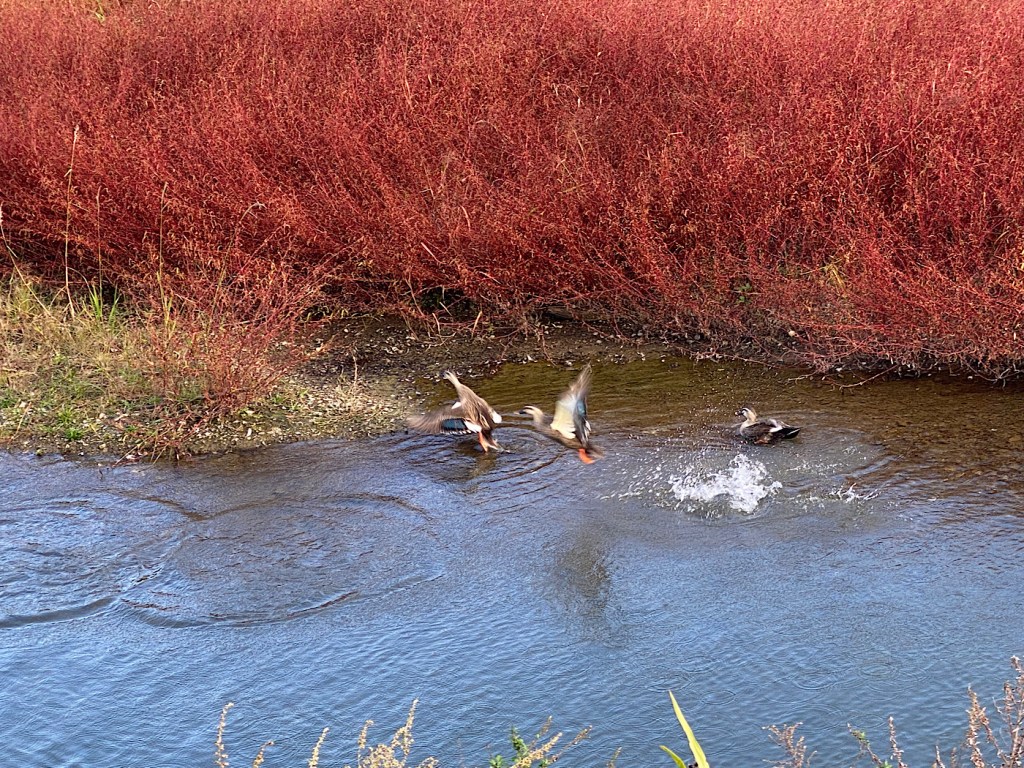
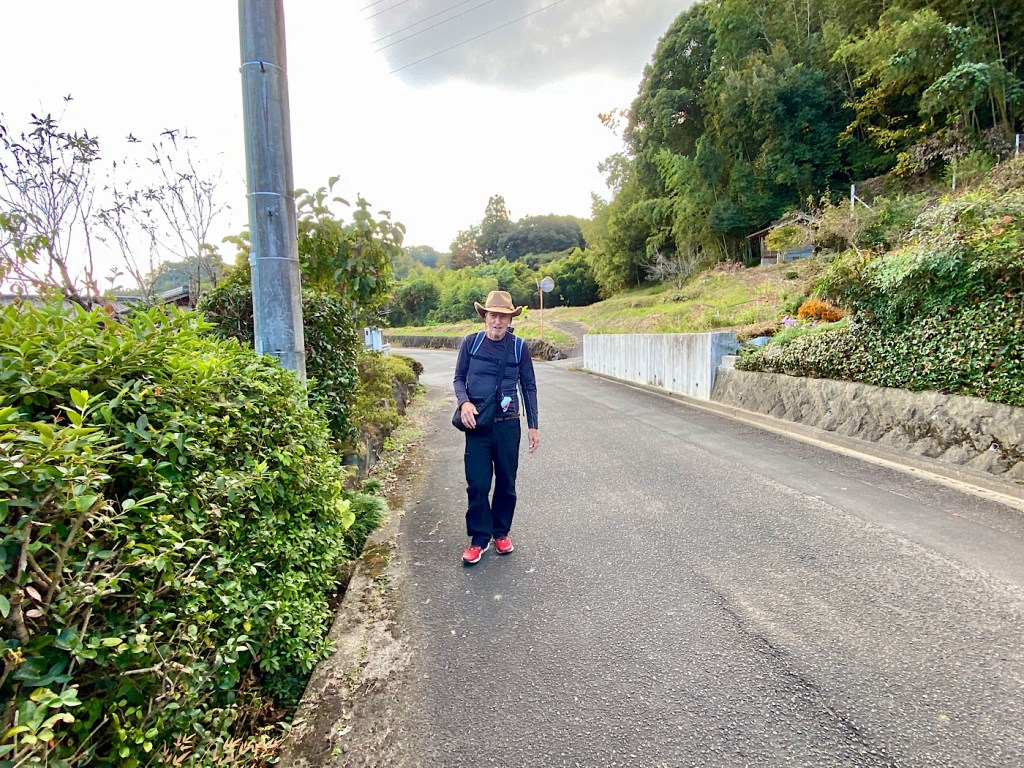
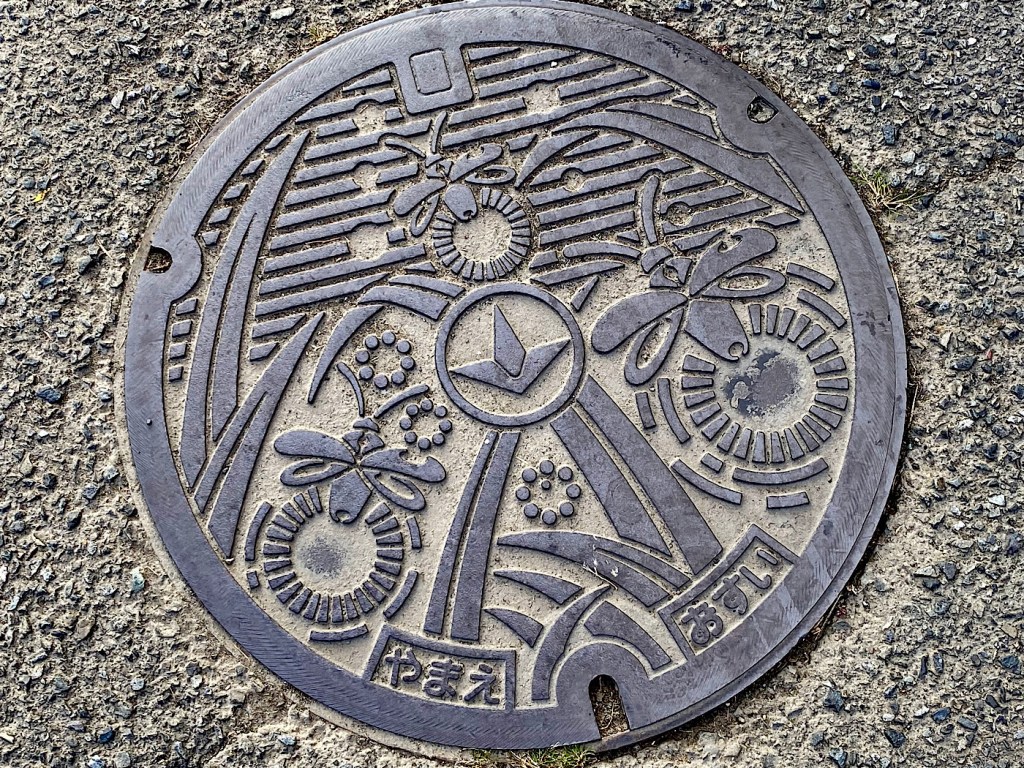
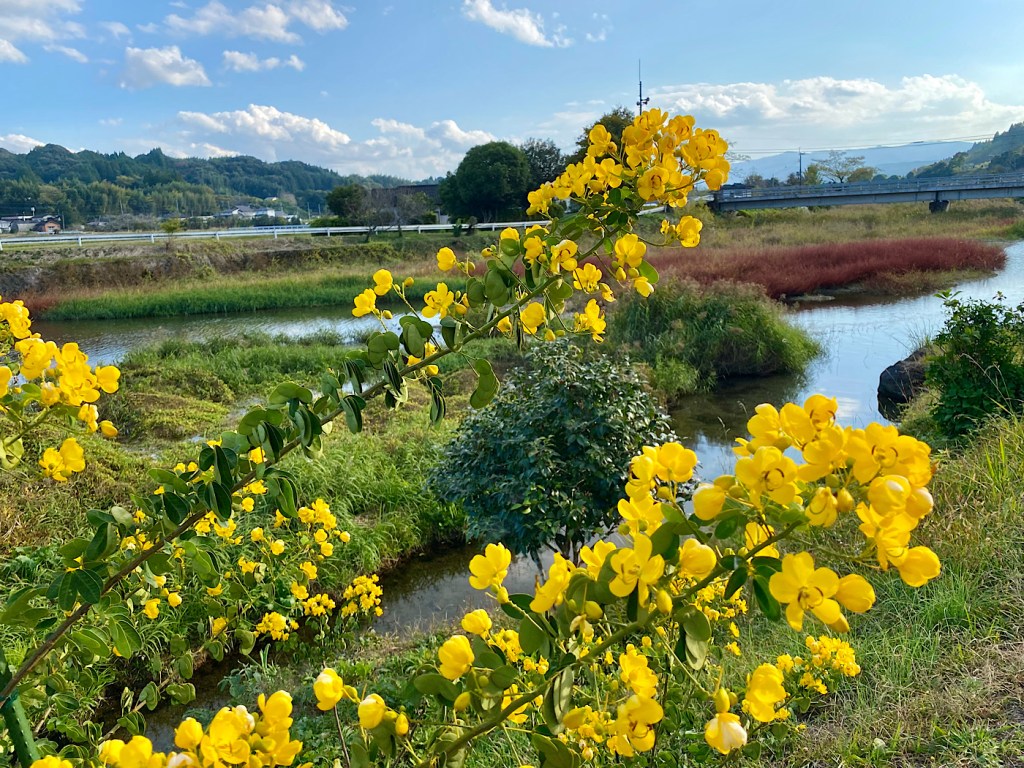
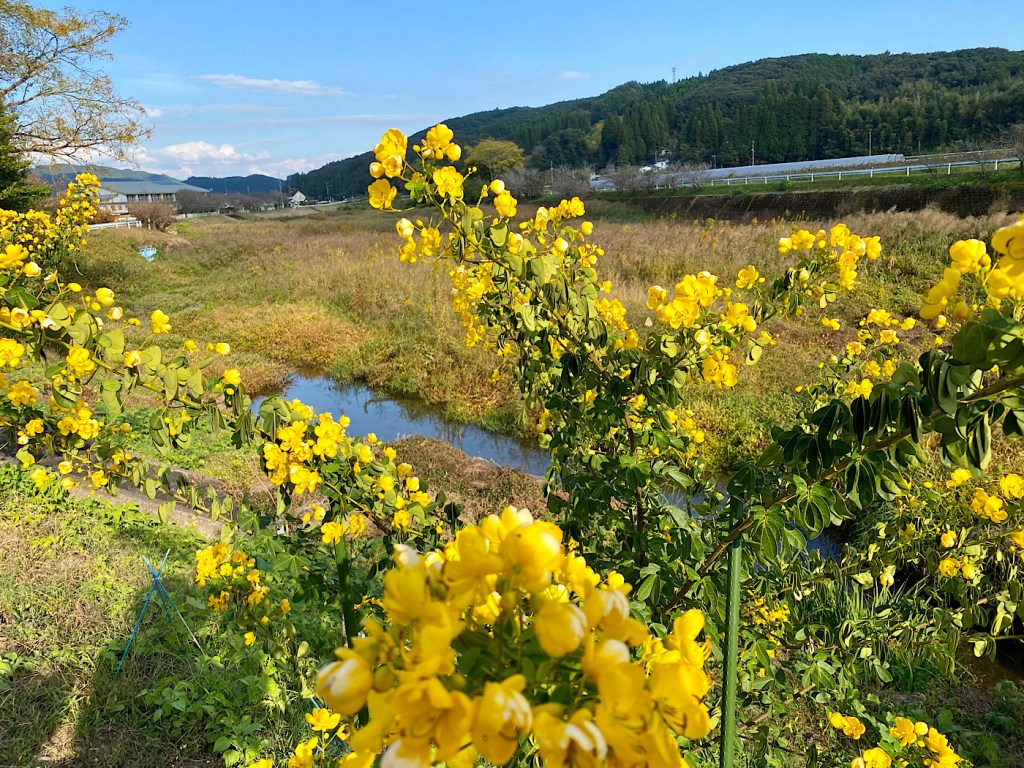
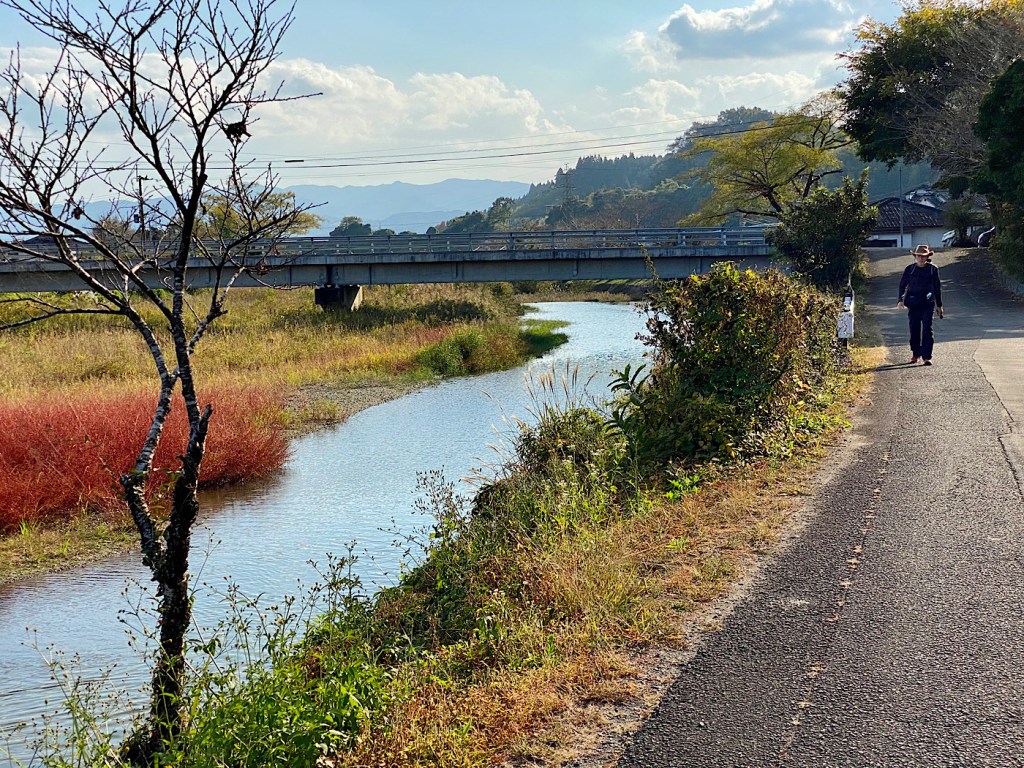
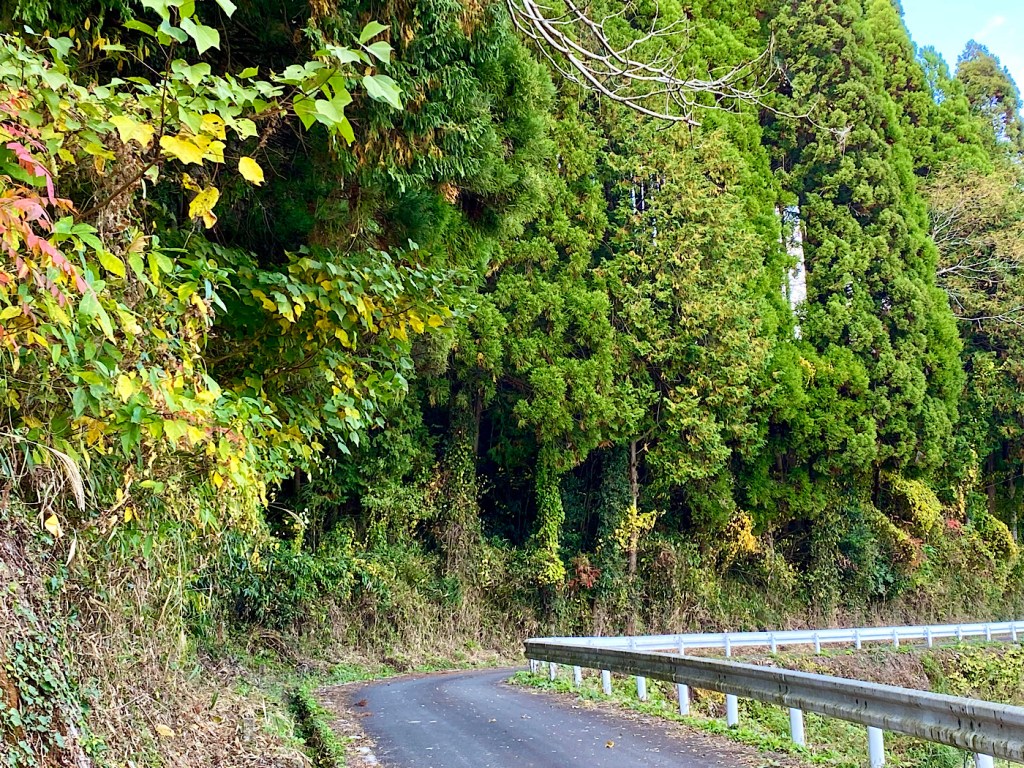
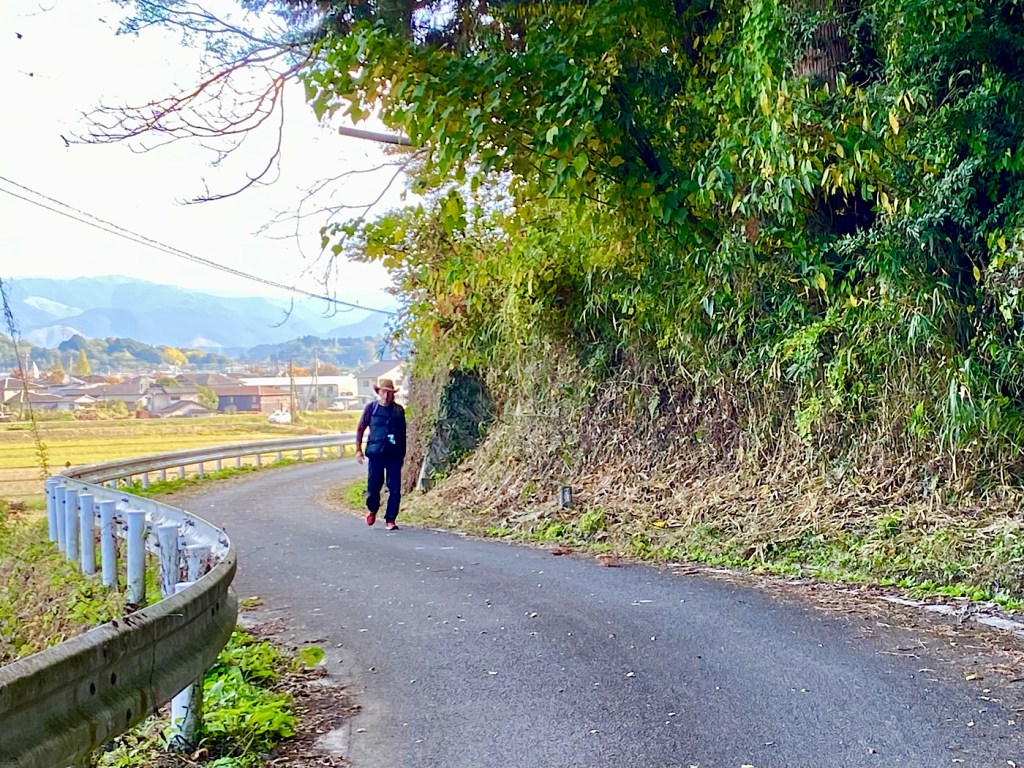
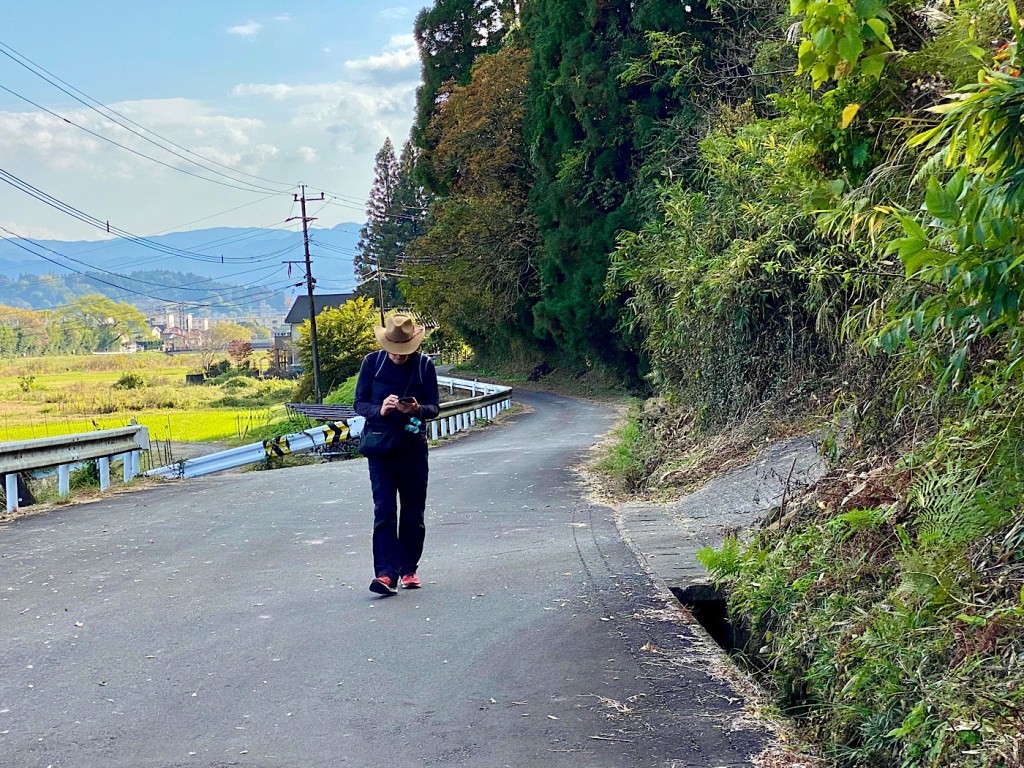

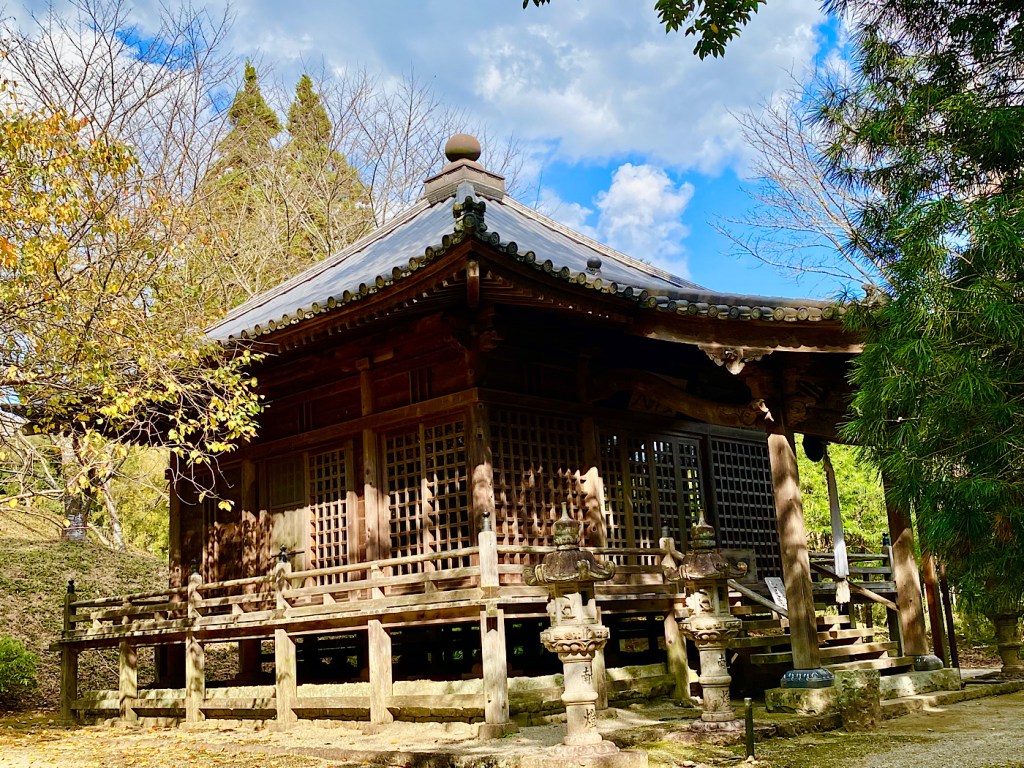
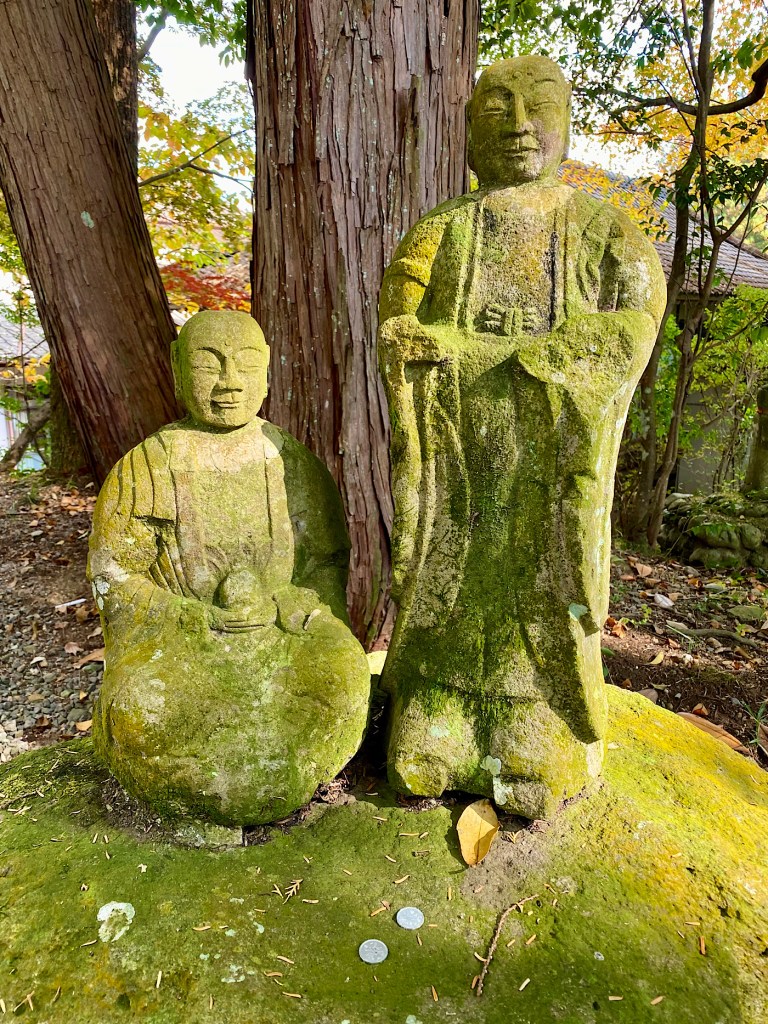
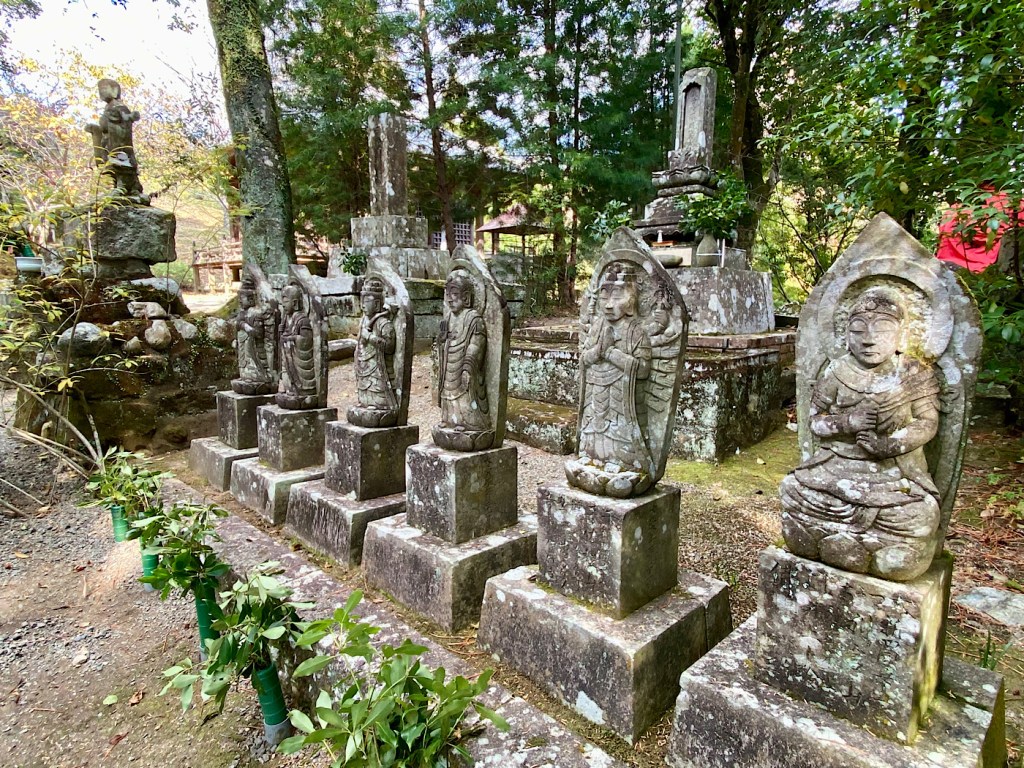
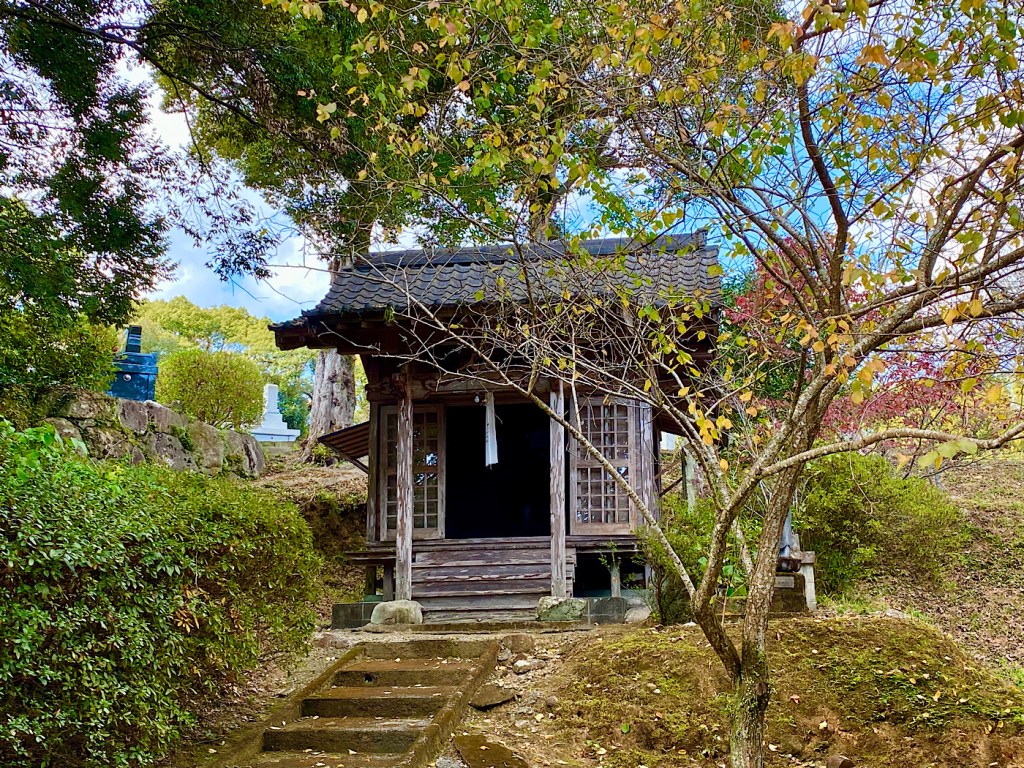

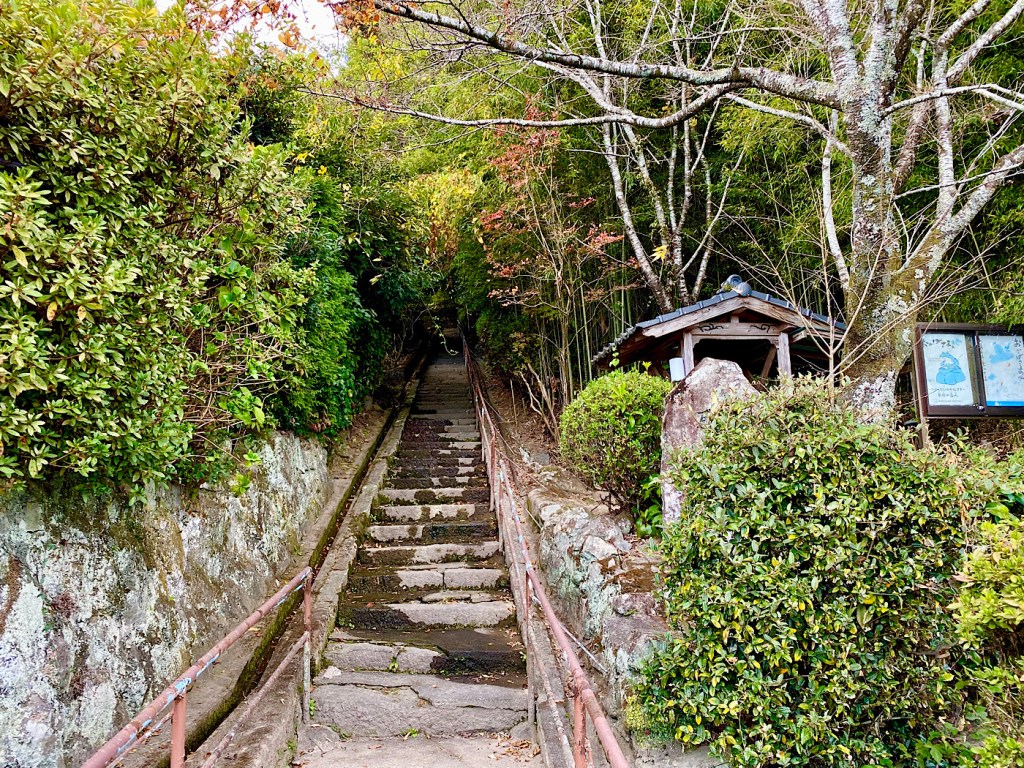
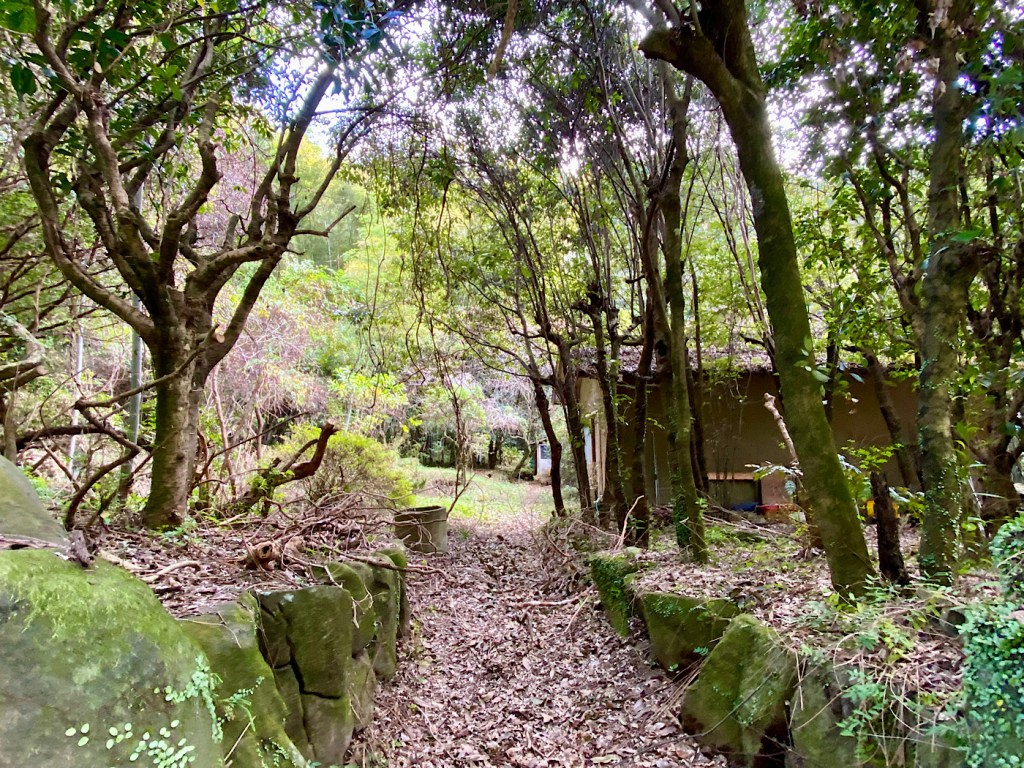
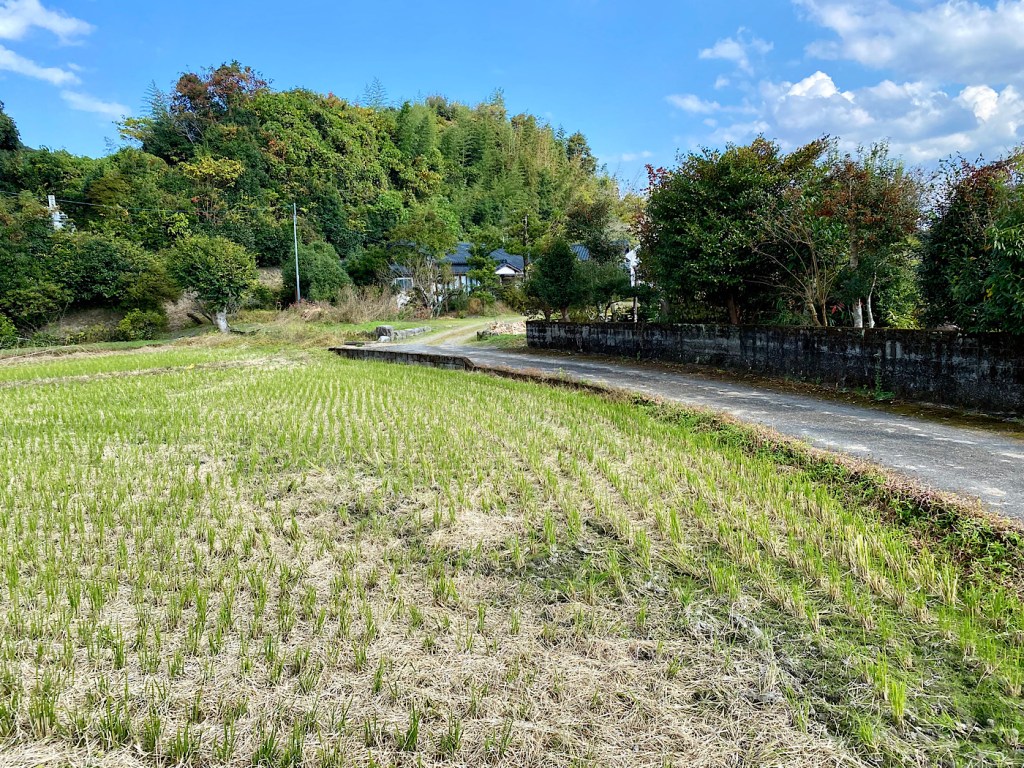
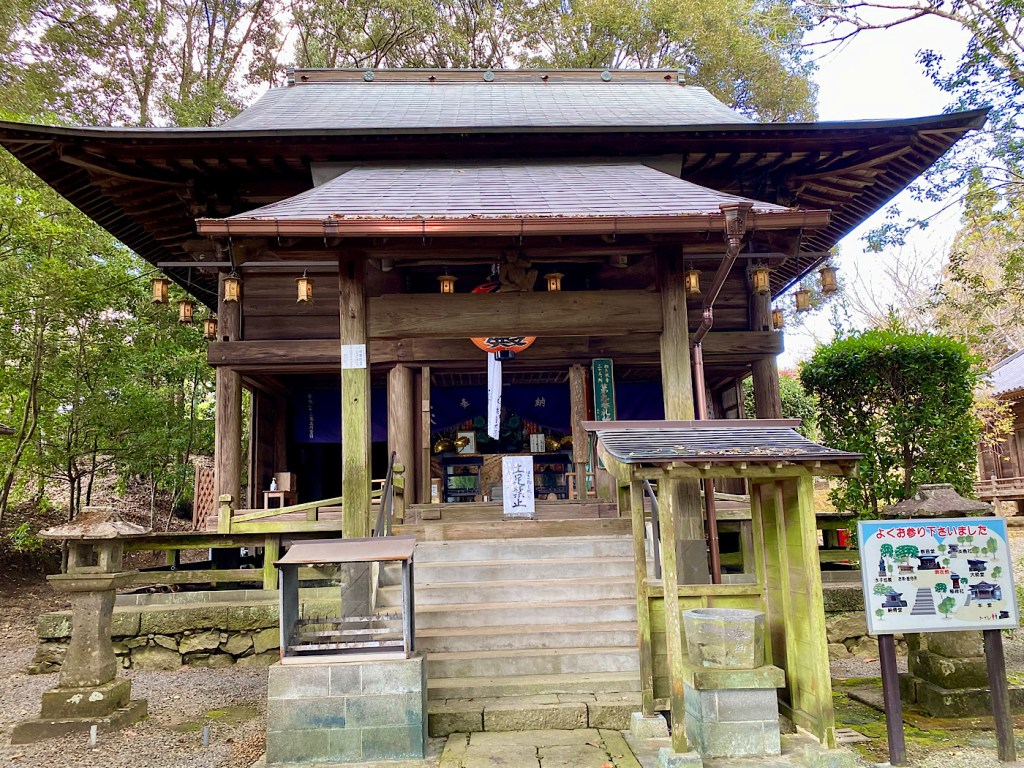
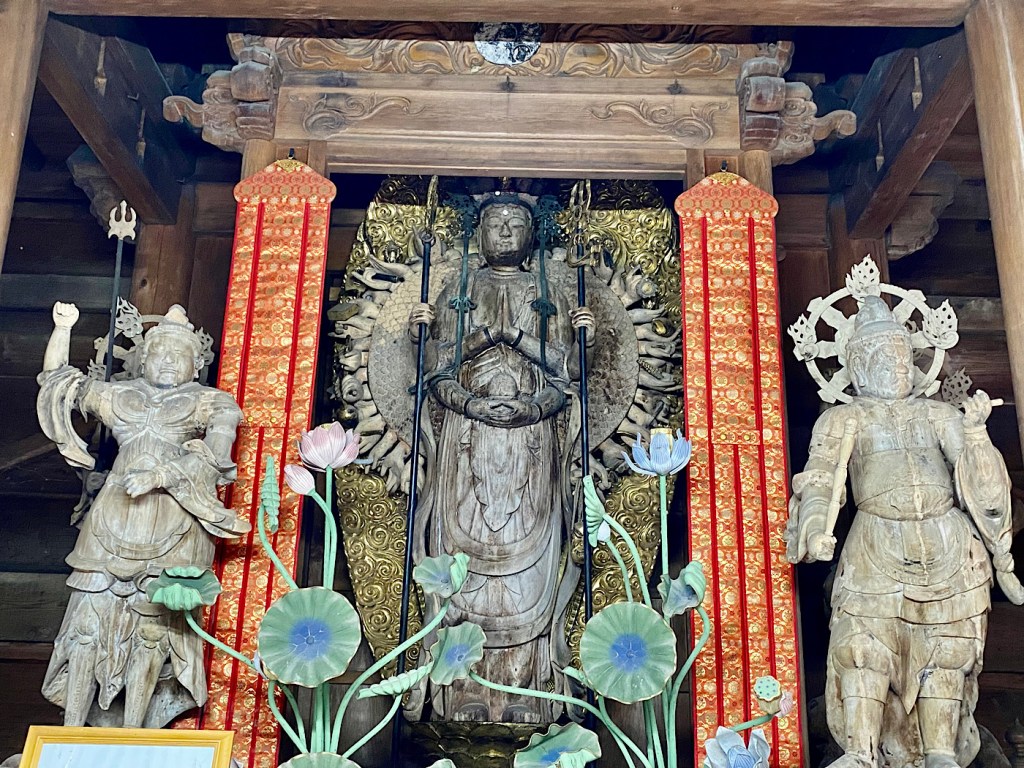


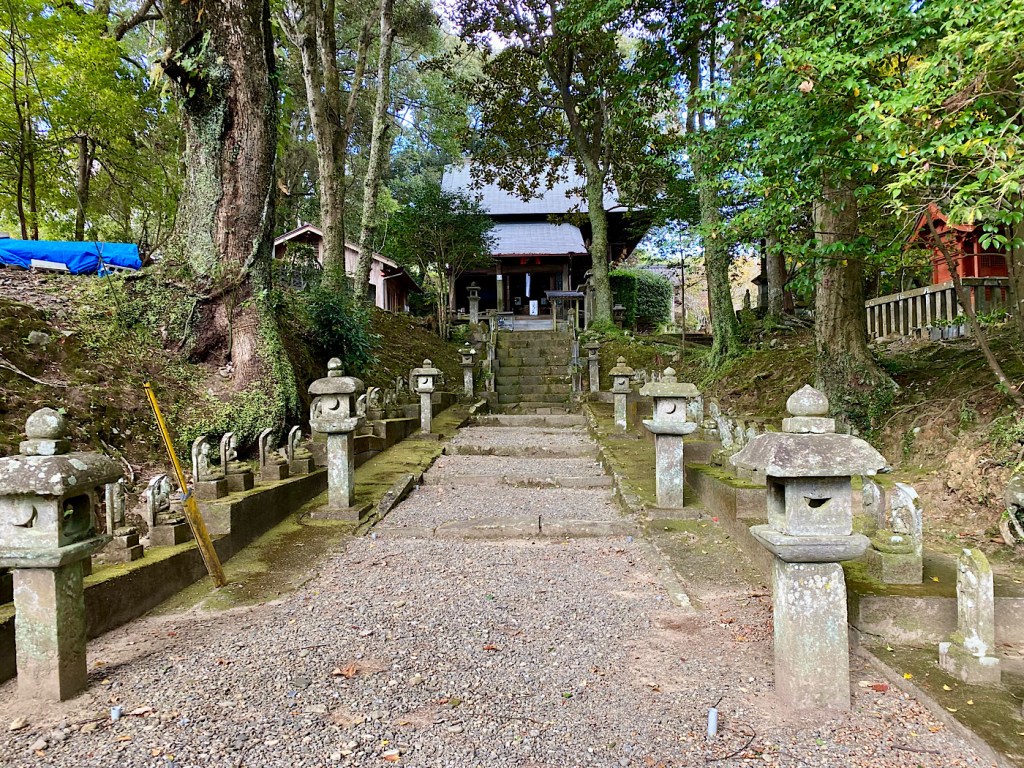
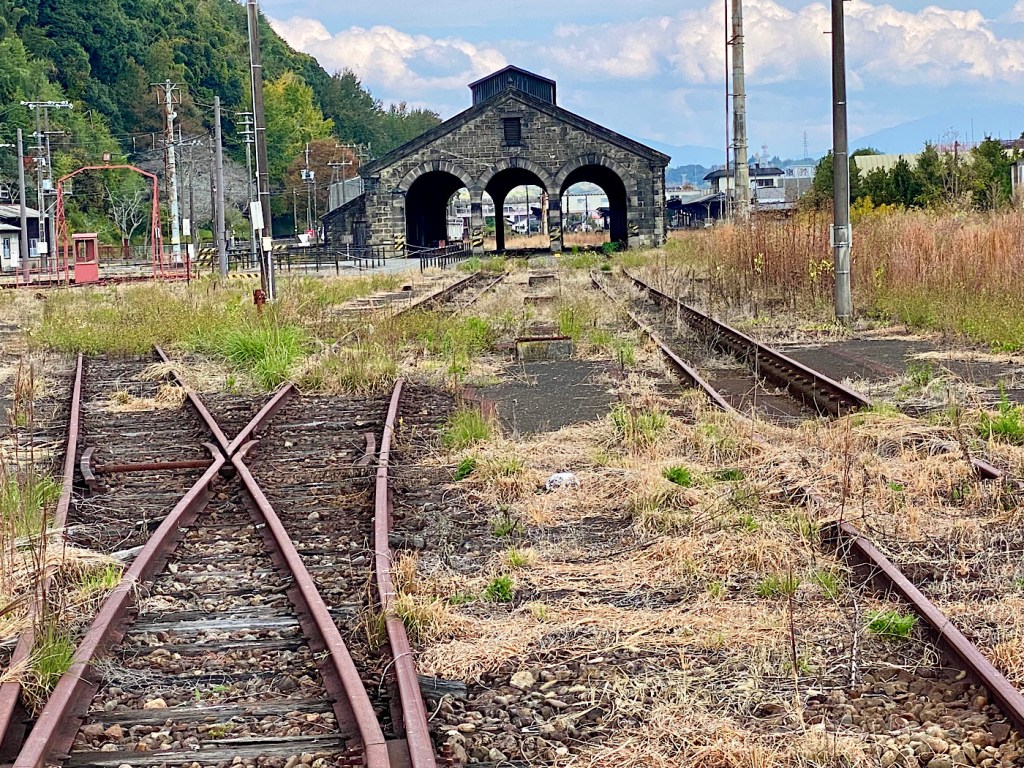
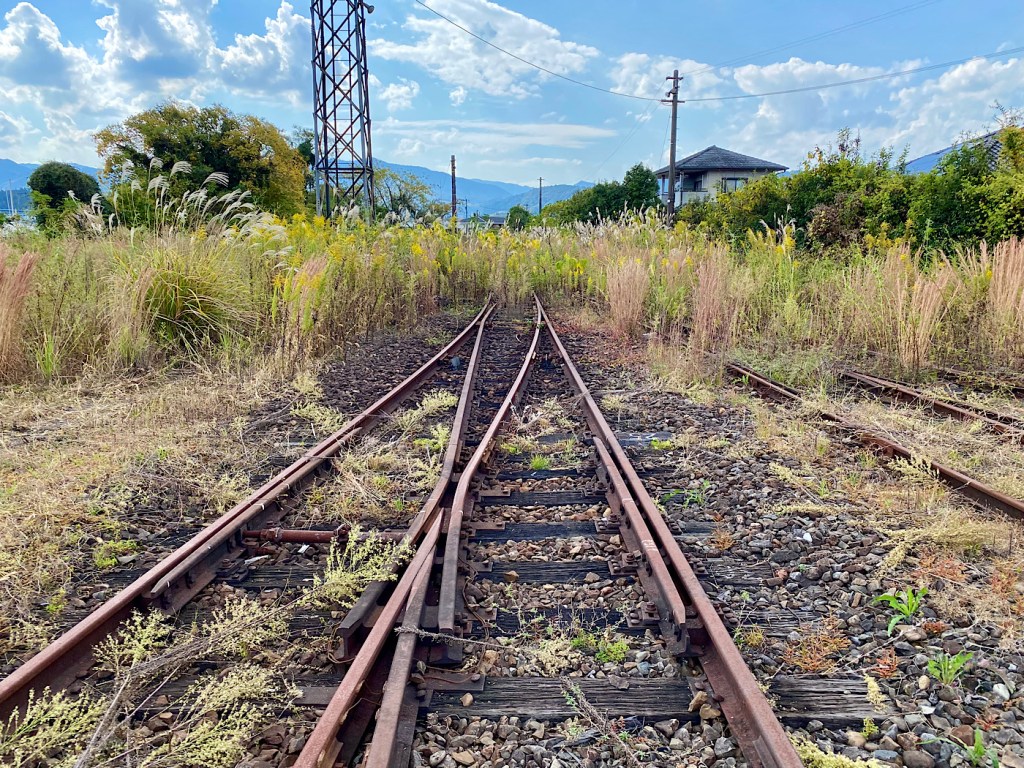
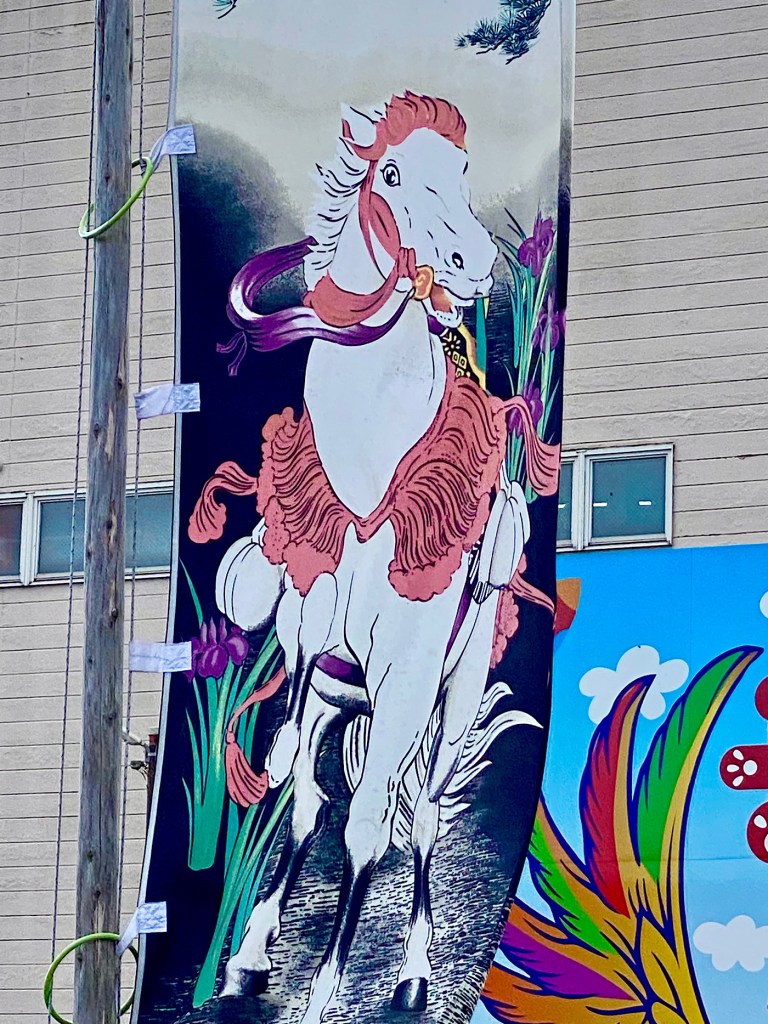
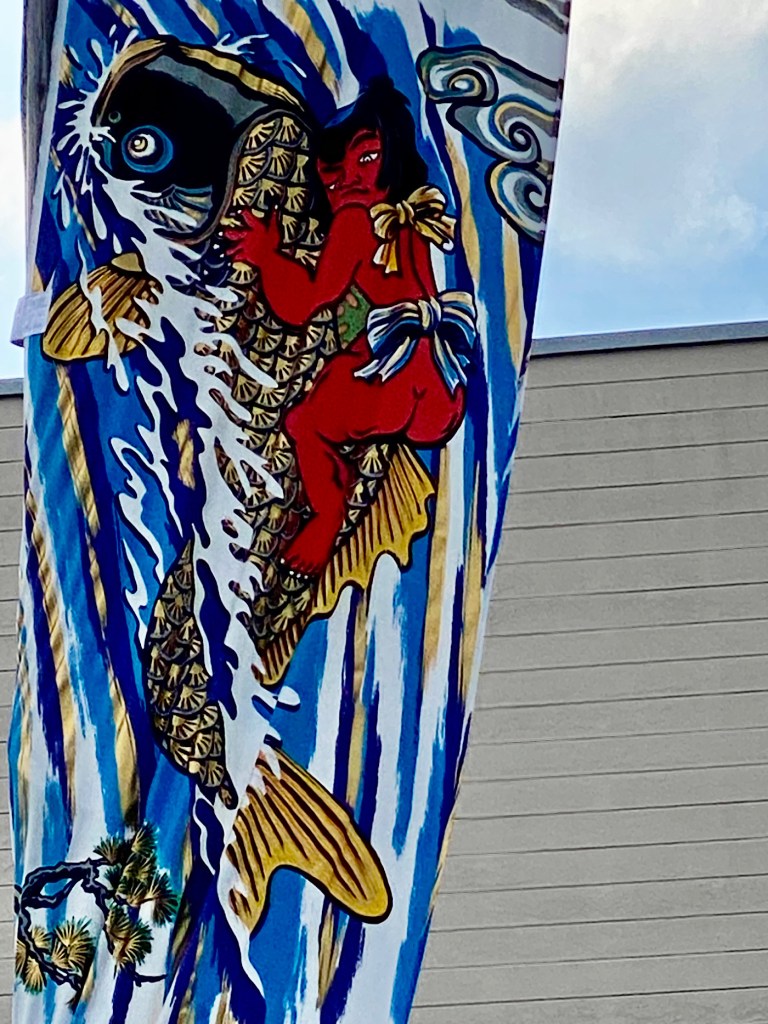
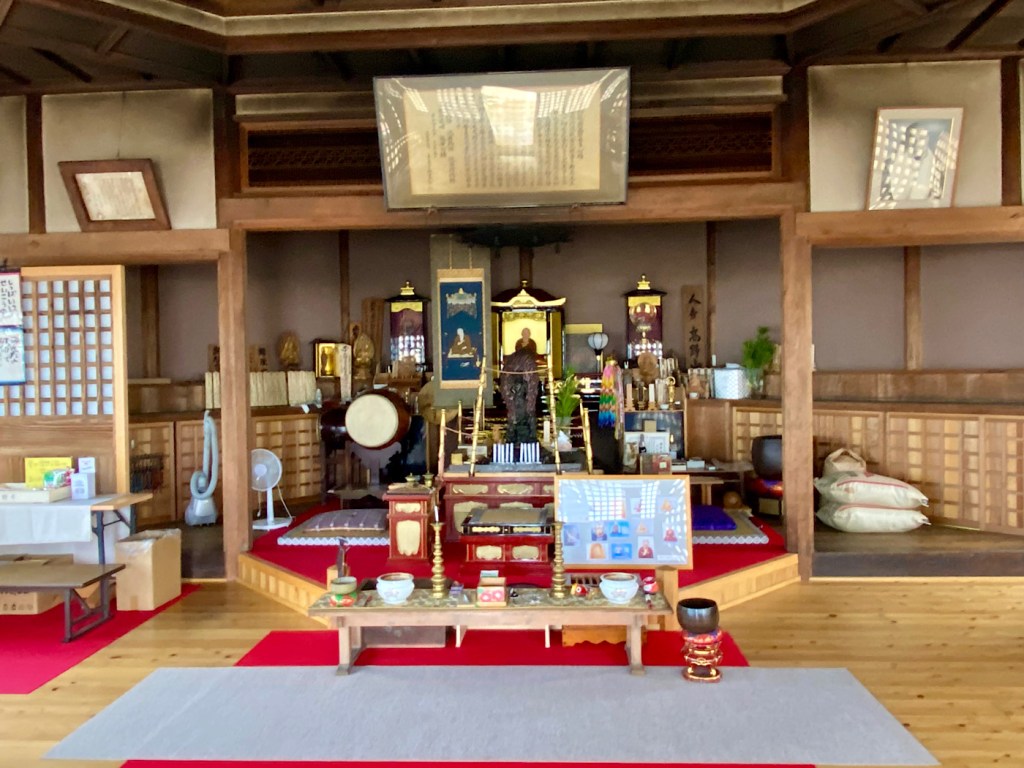
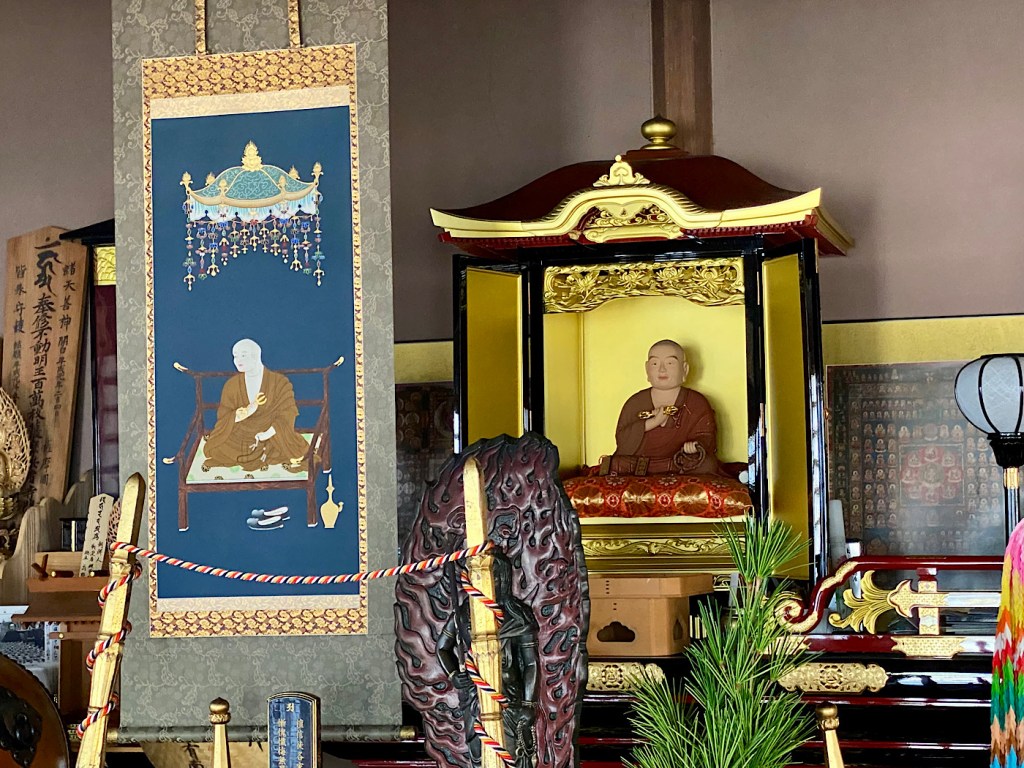
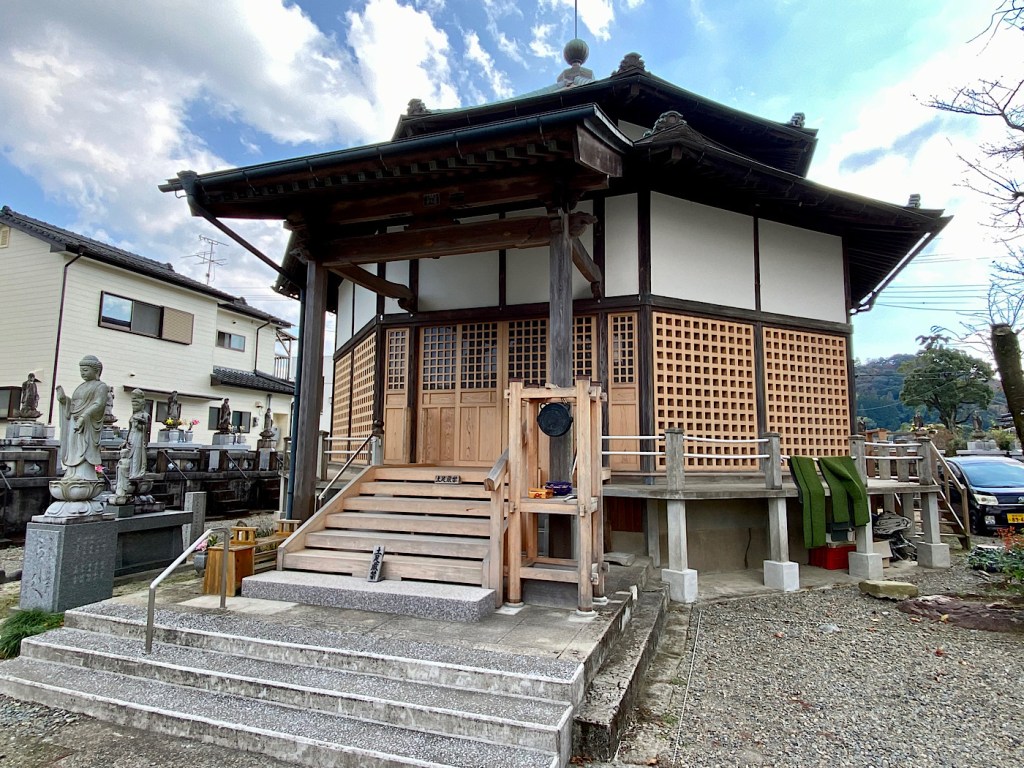
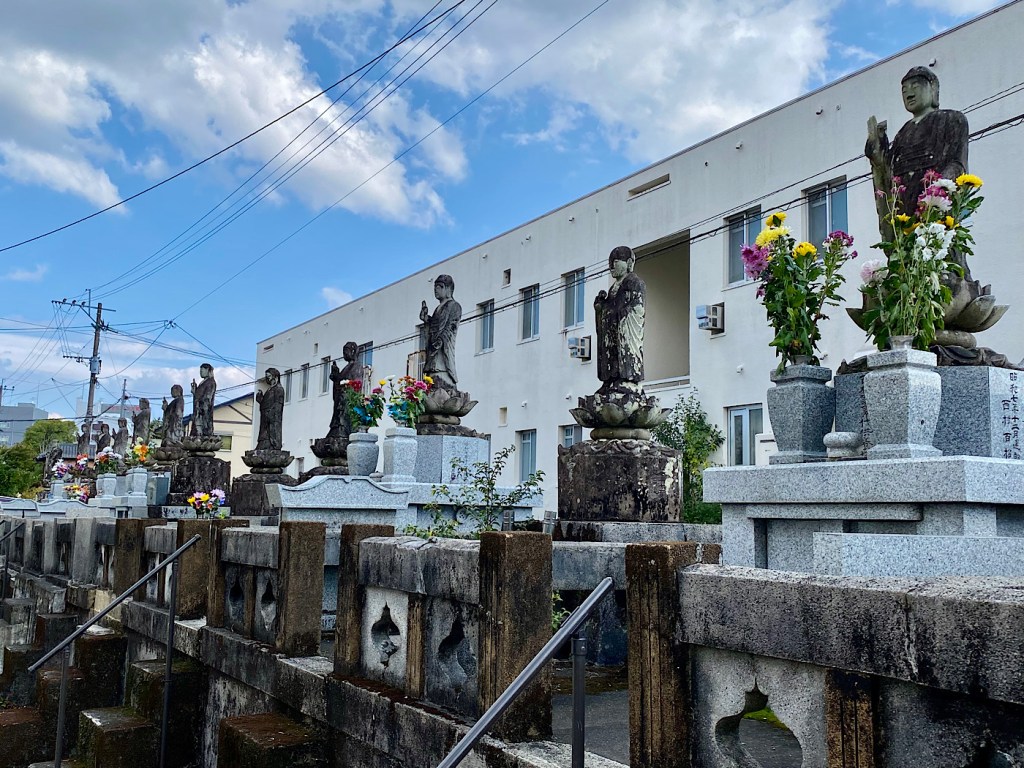
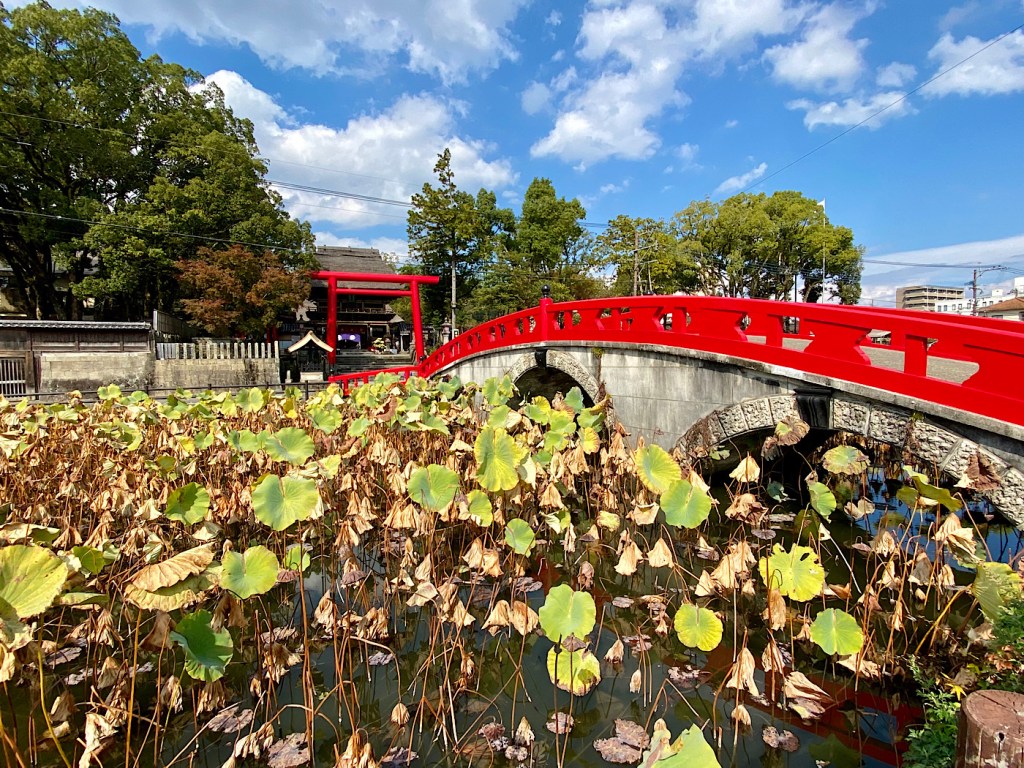
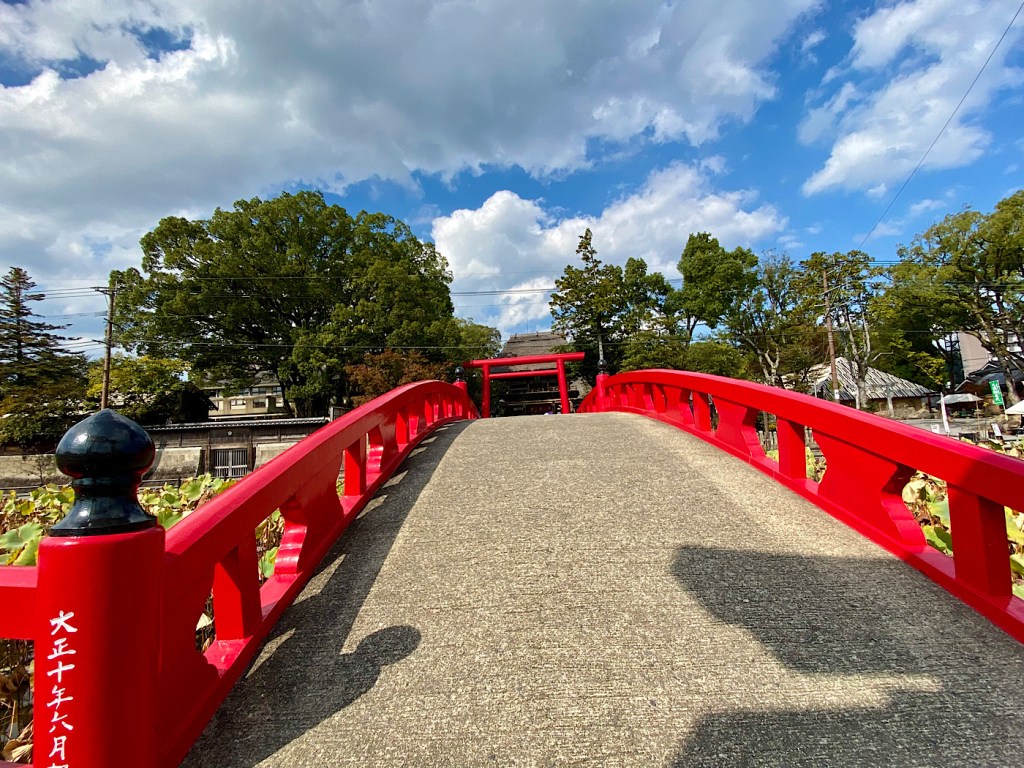
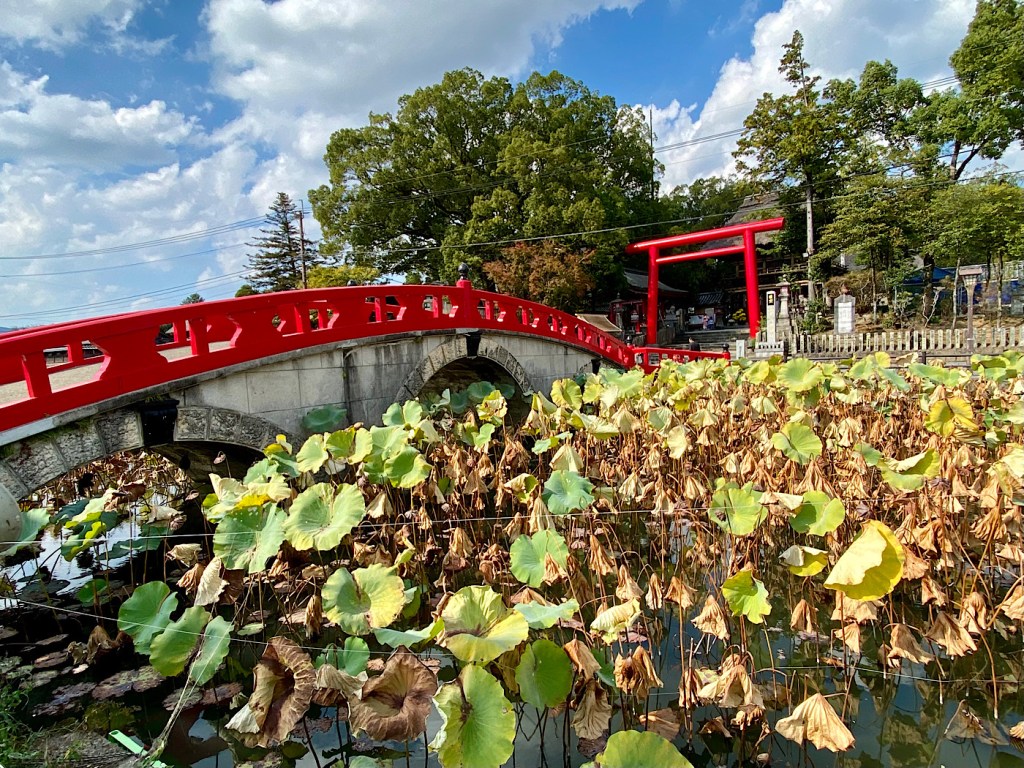
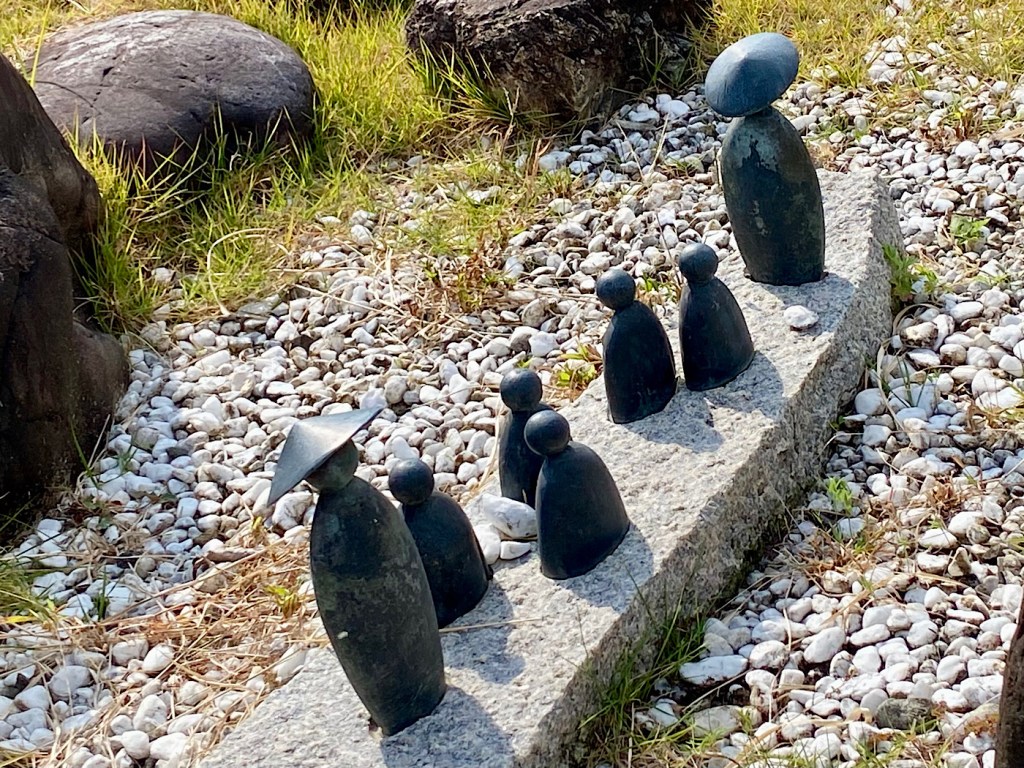
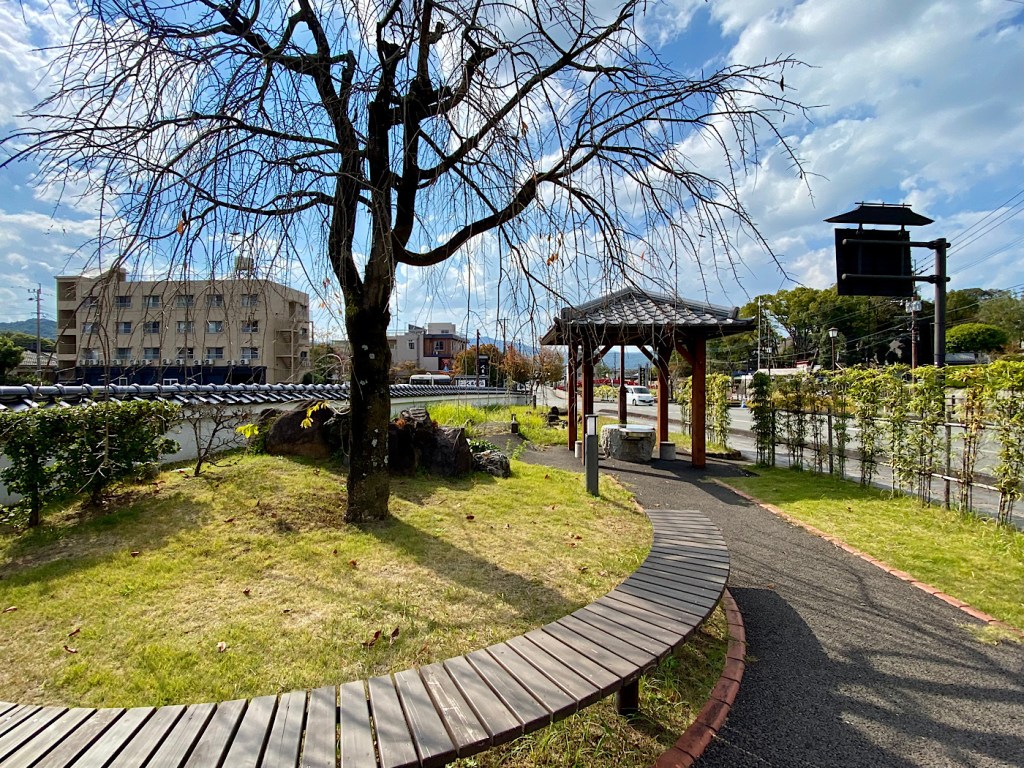
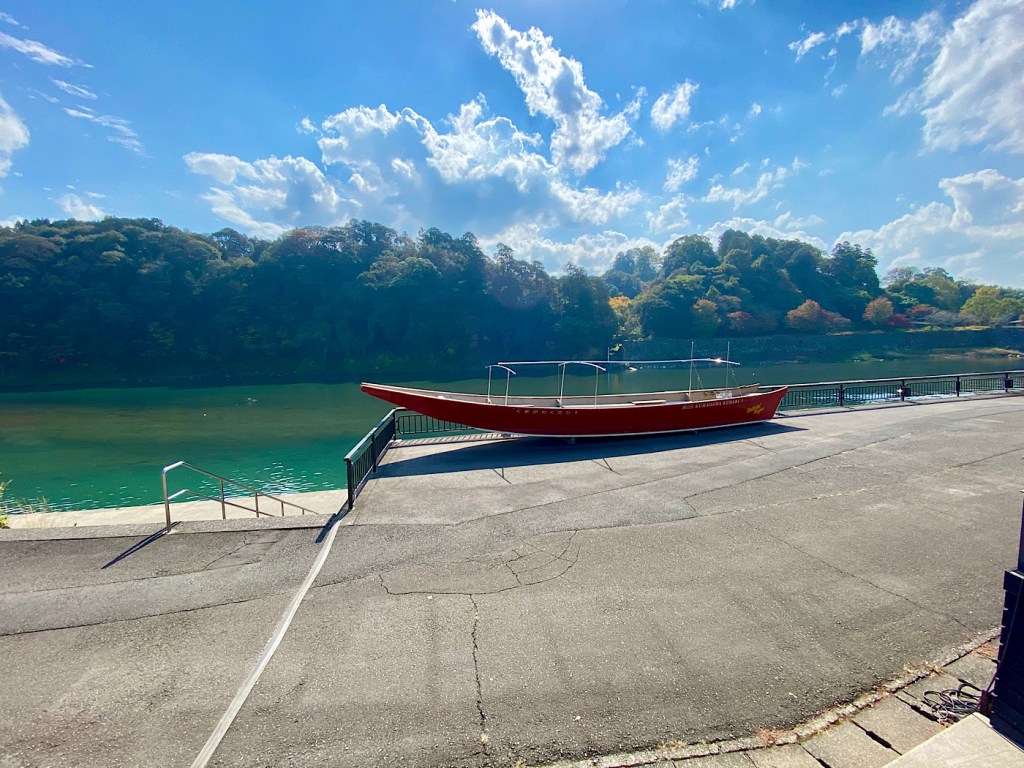

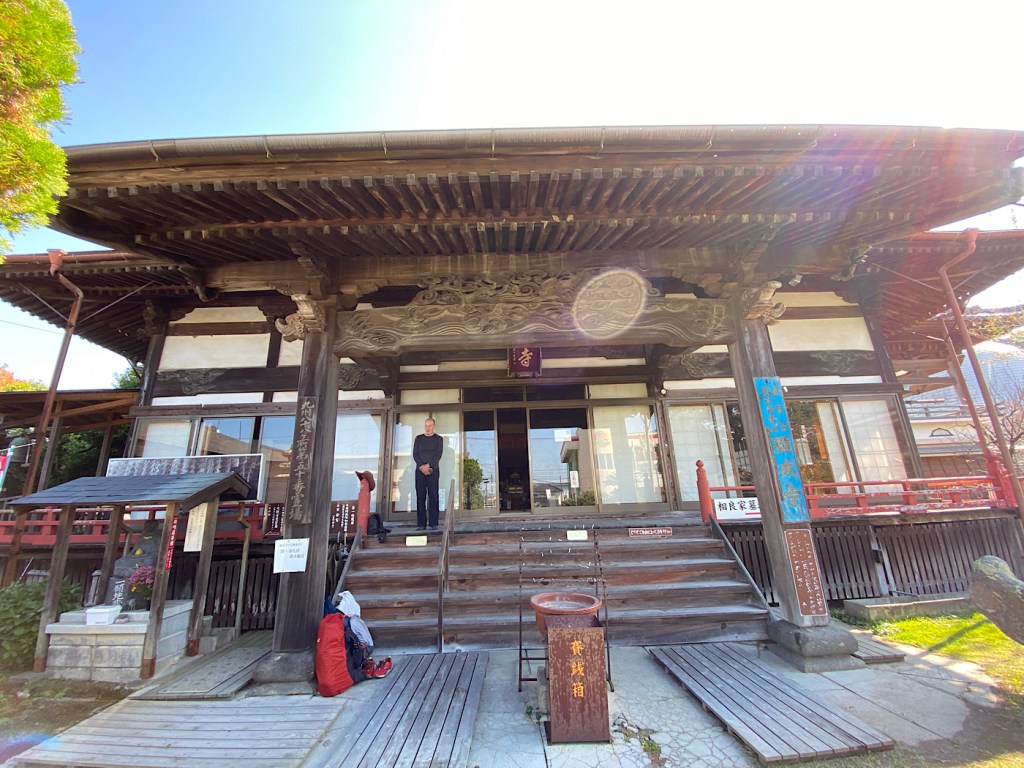
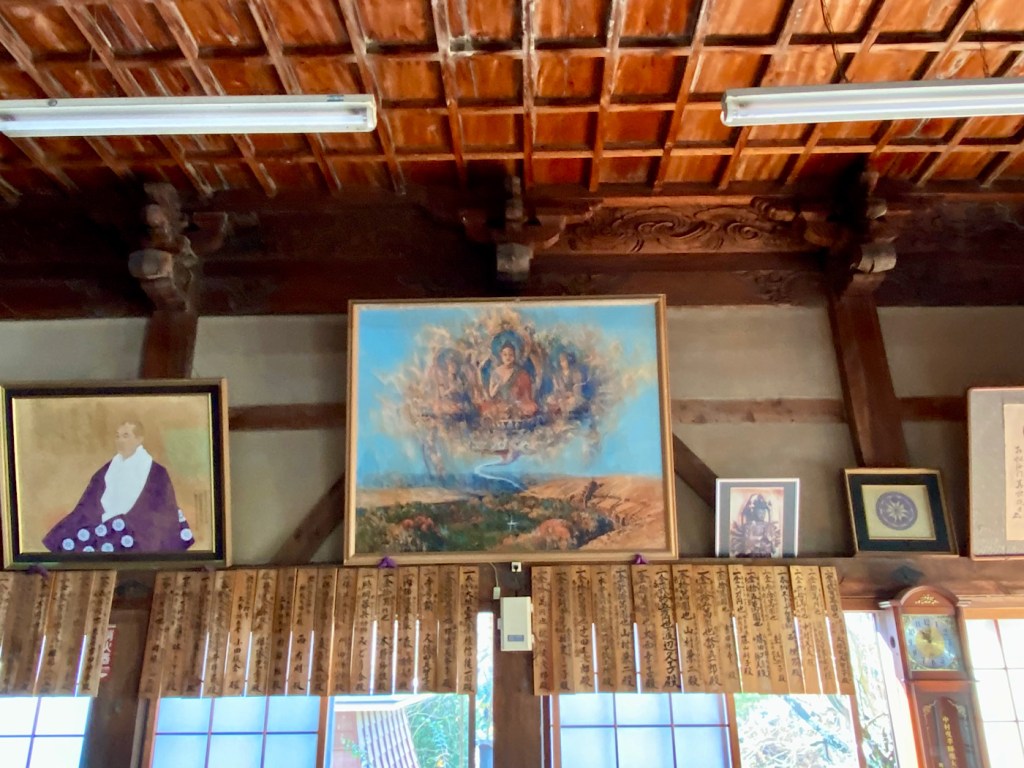
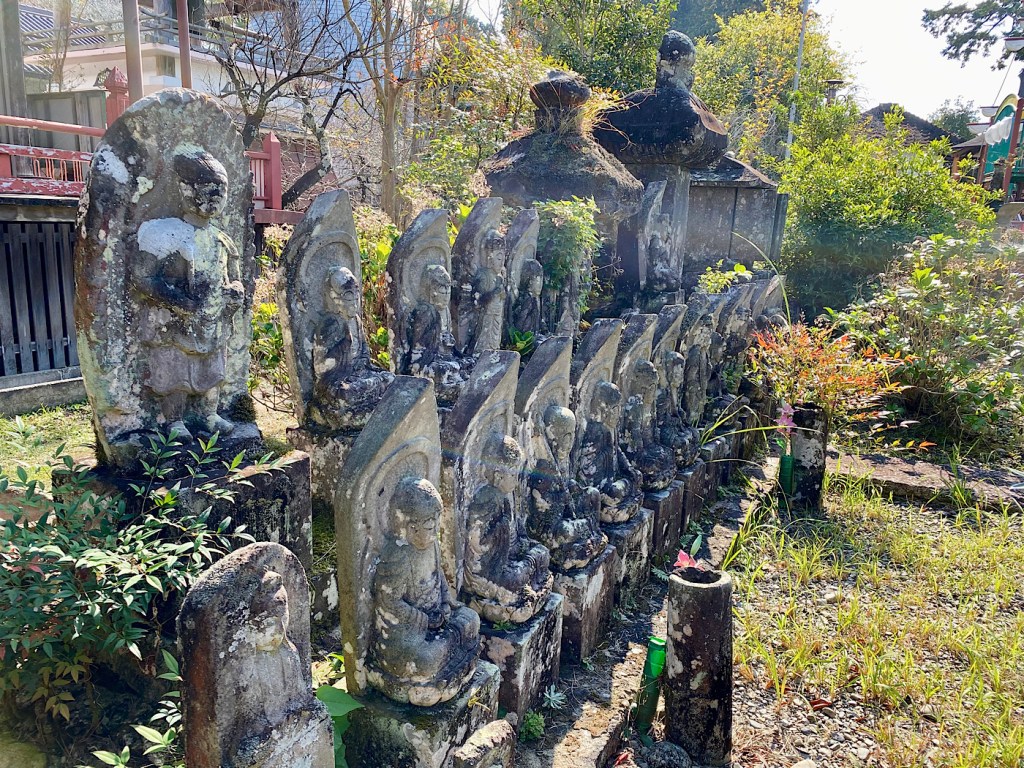
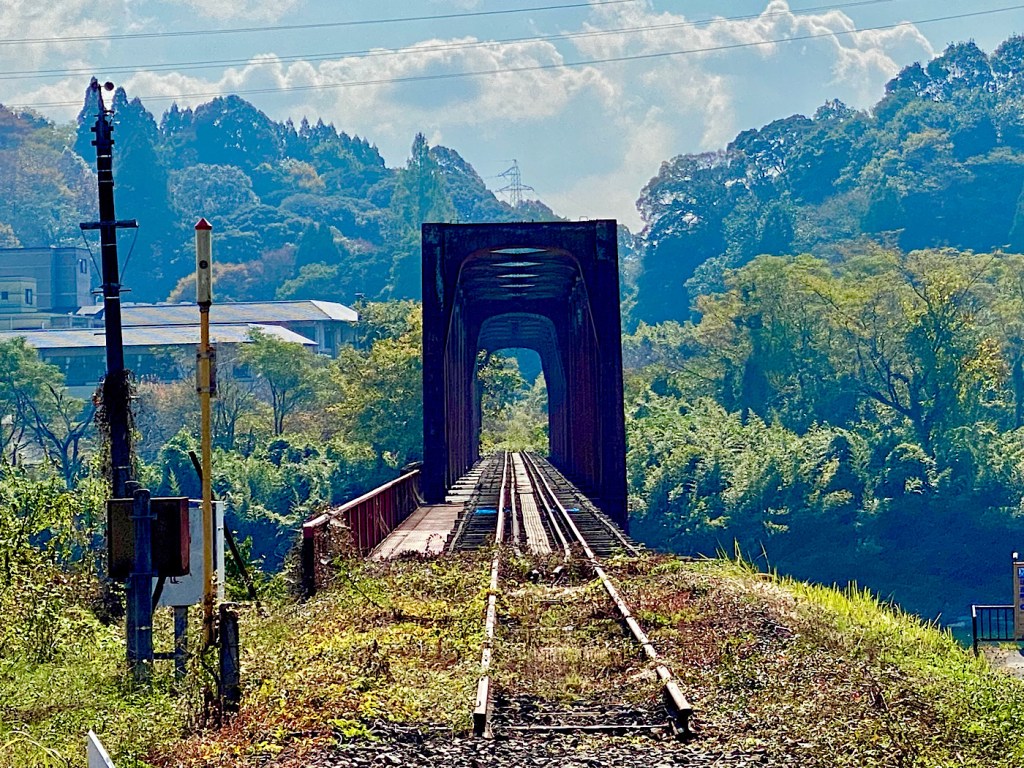

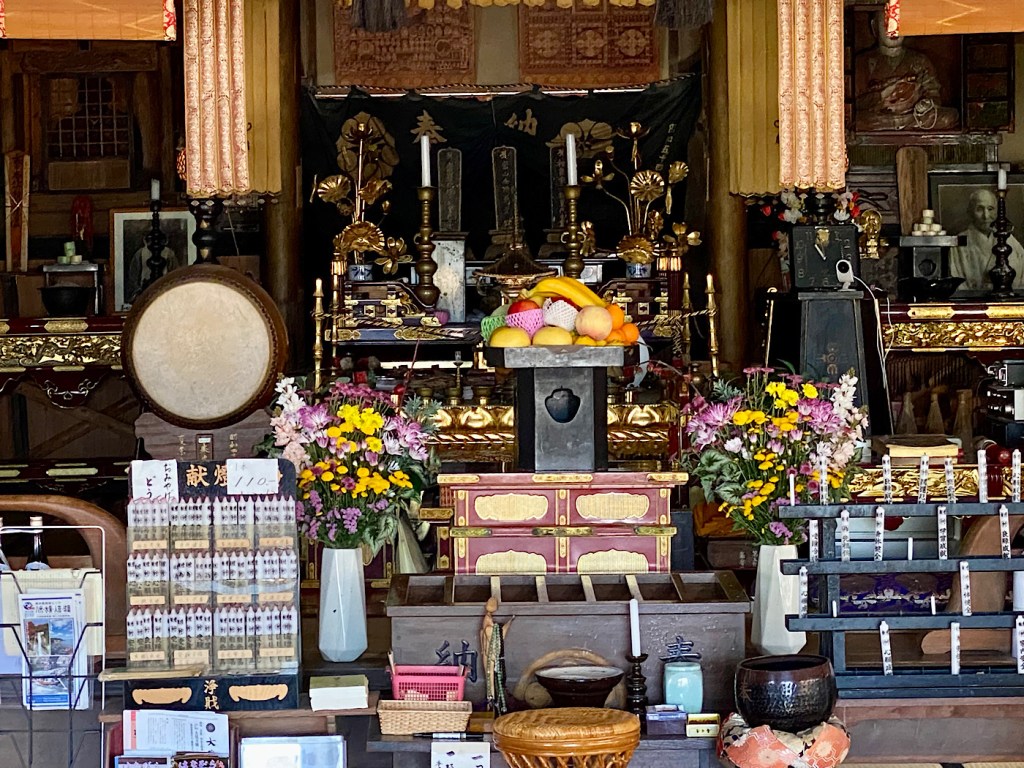
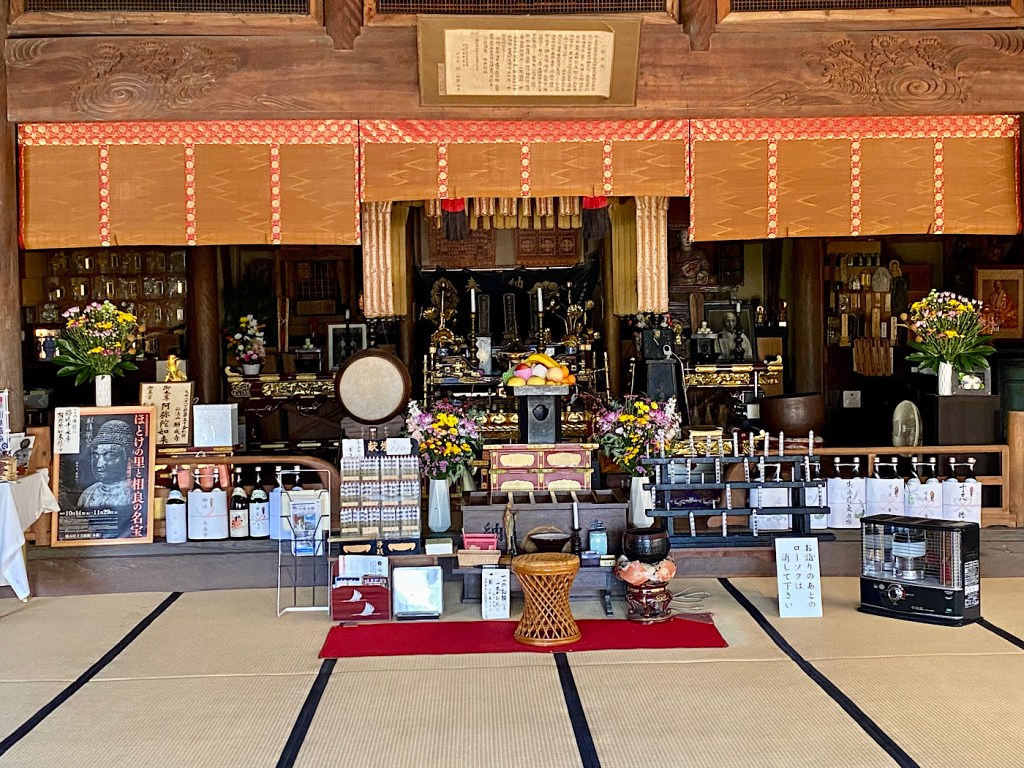

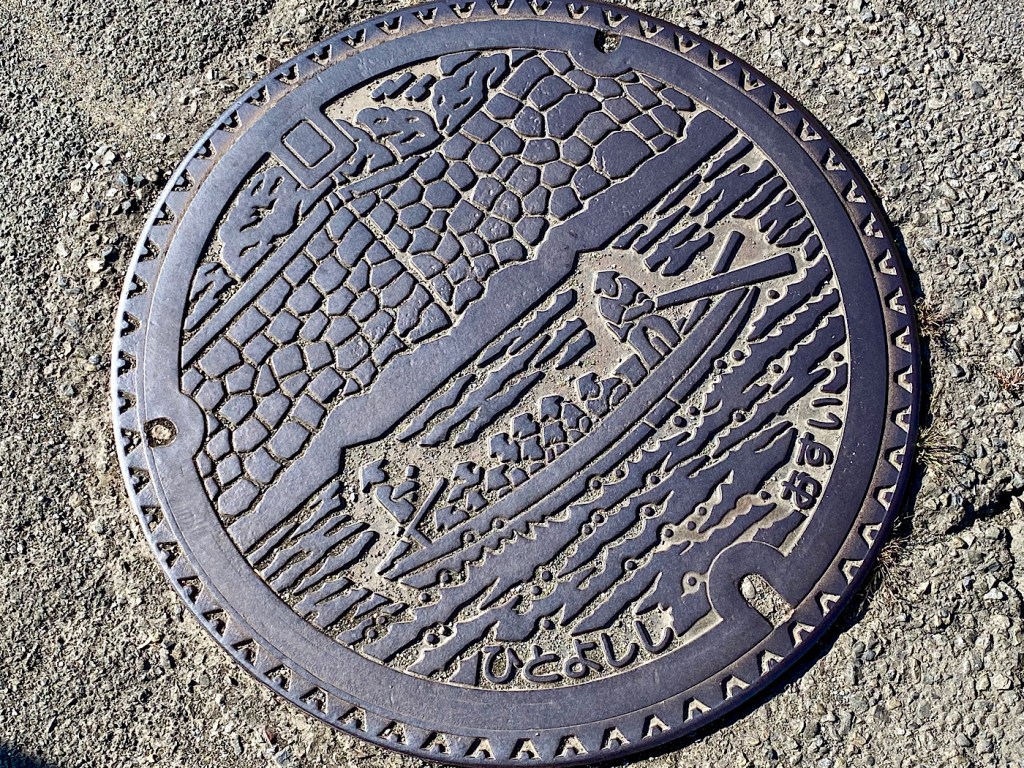
Day 42 - Visiting Four Temples In Hitoyoshi, The Kyushu 108 Temple Pilgrimage, Japan
This morning, after a satisfying Japanese breakfast, we checked out of our hotel in Kumamoto and walked to the Sakura-machi bus terminal.
In previous days, we walked most of the way south towards Hitoyoshi, and now we were heading towards the town, to visit four temple that we have there, and two more temples about twenty kilometers east of the town.
We took an early bus to the Hitoyoshi Interchange.
In these rural areas, the non-stop buses connecting the towns, stop only at the first intersection when they get off the highways.
From the Hitoyoshi interchange, we walked to Temple #50, Mt. Denpo Ganjoji.
This temple was founded in 1233 by the first Sagara Saburo Fujiwara, the lord of Hitoyoshi Castle.
The vast main hall was built in the same design as Choshoju-in Temple in Kamakura, and it is said to have a staggering size of 1345 tatami mats.
The principal image of worship is the Amida Nyorai Buddha, dating back to the 13th century.
By 1611, this mountain had become the sacred place for the reflections of Emperor Goyozei.
During the Seinan War in 1877, the Samurai revolted against the new emperor and as a result, all the old halls and buildings were burned down.
However, the old statues were rescued by escaping monks and so survived the fires.
The Amida Nyorai is now a nationally designated important cultural property, and the Fudo Myoo, a prefecturally designated important cultural property.
An old Ryokai Mandala, a seven-story stone pagoda, a cemetery of the Sagara family, and thousands of ancient documents remained safe.
At the temple, we met an older lady who invited us in to pray.
When we asked if we can get our book and scroll stamped, she called her daughter in law to do it.
The daughter in law was a woman from the Philippines who married the son years ago.
Her daughter now is in high school.
We chatted a bit about her experience living in Japan, and she told us about a Sagara 33 Kannon temple pilgrimage that people do by walking in the Sagara area.
She also said that she doesn’t go back home to the Philippines to visit her parents often, because it is very expensive and they live on the modest income of a temple family.
She said that she and her sisters, who live in New Zealand, all came back to the Philippines when her brother was diagnosed with cancer.
He is doing well now, she said, but her eyes portrayed a fear.
When we left, she gave us snacks and two bottles of Calpis.
It was funny, because just a few days ago, I told Jules that in all the years that we have been coming to Japan, I have never tasted the Japanese drink called Calpis.
And here I had it in my hands, a gift for pilgrims.
I couldn’t find anything to drink before we reached the temple, and so I was very thirsty.
The cold Calpis tasted good, but too sweet for my taste.
I finished the first bottle but when I saw a kid on a bicycle, I offered him the second bottle.
He was so happy to receive it and thanked me many times.
On our way to the to hotel to drop off our backpacks, we stopped to have a small lunch.
The place we found along the way was nice and spacious, but they served only pancakes.
Luckily the pancakes weren’t big so we didn’t eat too many calories.
Our hotel is probably the nicest place we stayed at on this pilgrimage until now.
At first we booked a small twin room, but as we looked at the floor plan they gave us and realized that we had been given the smallest room in the hotel, we decided to upgrade the room to a much nicer one.
Our room is beautifully designed with mixed elements from modern western and Japanese design.
We have a tatami area with a low table to prepare and drink tea, but we also have a shiny wooden floor area with comfy leather chairs. The low futon style beds are in another area.
The hotel has a lovely Onsen hot springs, but our spacious veranda overlooking the Kuma River also has a private hot springs bath overlooking the river and the city.
The Kuma river (Kumagawa River), is the longest river in Kyushu.
It is 115 km long.
The Kuma River and its watershed cover nearly a quarter of the entire area of Kumamoto Prefecture.
It is considered to be one of the three most rapidly flowing rivers in Japan
In 2020, the flooding of the Kuma River caused a major incident in which a number of people from nearby areas lost their lives or were seriously injured.
At least 50 people were found dead and 11 people were missing due to this flood.
Temple #99, Mt. Aoi Koyadera, is located in the middle of Hitoyoshi city, in front of the national treasure shrine gate called "Aoi Aso Shrine".
This shrine has a red bridge leading to it and a pond filled with large water-lotus plants.
Hitoyoshi City is famous since ancient times as a city where the clear water "Kuma River" flows.
The temple is modern and it was founded in 1915, by the first Ryokai Daisho.
88 Buddhas of the "New Shikoku 88 Sacred Site" are enshrined right next to the temple gate.
There is an octagonal hall (main hall) imitating the shape of a lotus flower.
On the right in front of the entrance to the main hall, there is an adorable "Mizuko Jizo" holding small children.
What the temple didn’t have, is any priest living here.
But they did leave stamps inside the main hall for us to do it on our own.
We stamped our book and scroll, left them the money, chanted and prayed and continued on our walk.
The lady in temple #50 told us that it was a hike up a mountain to get to temple #53.
We got a bottle of water before climbing up there.
Temple #53, Senfukusan Kanrenji Temple, had a few priests welcoming people who came to the temple in their cars.
Some kind of ceremony was going on in another building, but the priest took the time to stamp our scroll and book and invited us to visit the main hall, and to stay for as long as we wanted.
He also gifted us with two small bottles of an energy vitamin drink.
Kanren-ji Temple was originally called Kanrin-ji Temple, and it is said that it was built during the Jisho era (1177-1181).
It is said that it was a Zen sect temple at that time.
In 1526, the temple was burned down due to a local civil war. During the Keicho era (1596-1615), it was renamed Senpuku-ji Temple and Kanren-ji Temple and changed to the Shingon sect.
The principal image is a thousand-armed eleven-faced Kannon, about 2 meters in height, made at the end of the Heian period.
This is the Kannon enshrined in the main hall that we chanted to.
From there, we walked north into the mountains and walked by the Yamada River and through farm land to Yamae village.
It was a very scenic village, with tile roofs and a vast river wetlands filled with ducks and herons.
In Yamae Village, the temple is up a hill overlooking the wetlands.
The temple is old and made of wood, and the attached house connects to the temple, which makes it hard to believe that this is a temple and not just a very old farmhouse.
Temple #52, Mt. Kongozan Takaterin, was founded by a monk named Kaishin in 1433.
He enshrined Bishamonten as the principal image.
In Japan, Bishamonten is thought of as an armor-clad god of warriors and warfare, and a punisher of evildoers.
Bishamonten is portrayed holding a spear in one hand and a small pagoda in the other hand, symbolizing the divine treasure house whose contents he both guards and gives away to those who seek eternal knowledge.
During the Edo period, there were a few halls built on this mountain. The main hall, which also serves as a treasure house, is made from wood with a thatched reed roof, which gives the appearance of a farmhouse in a mountain village.
The three Bishamonten statues lined up inside, are truly spectacular and majestic.
Two of them are nationally designated important cultural properties.
The roof, which was one of the characteristics of this mountain village, has been rebuilt due to the difficulty in maintaining it, and is now a metal roof.
The young wife of the young priest, opened the sliding door for us, holding their 4 month old baby in her arms.
He was their first born baby and seemed to have a quiet temperament.
The new mother said that she was waiting for him to grow up a bit, so she can sleep at night without her needing to nurse him in the middle of the night.
Her young husband, the priest, seemed to have eyesight problems and had to look at everything really close up to recognize it.
The lovely young wife was proud of her sweet baby. I noticed that her hands were covered in mosquito bites.
Life in their old drafty temple must not be so easy for the young couple, earning so little from small amounts of donations from people.
We felt compassion for them.
Unlike children in our country, who are showered with toys and clothing, this baby had almost no toys, and the mother was proud of his shirt, which had the picture of an egg on it.
We decided to give the baby Wasuremono, the small baby bear that Jules carried on his pilgrimage bag.
She accepted the gift for the baby and thanked us.
Then as we left the temple, she came down the hill and gave Jules a small bunny rabbit head doll, to hang on his pilgrimage bag instead.
We gave it the name Akachan, which is the Japanese word for ‘Baby’, literally meaning ‘“A Red Child”, as babies cry a lot and tend to have translucent skin and red faces.
It was a long day and sunset had fallen over the city by the time we walked over to our hotel.
We stopped to have a quick meal of Champon noodles in a friendly eatery.
Then, walking through the nicest parts of Hitoyoshi, we chatted with a local lady who approached us and unceremoniously asked:
“How old are you?
You look younger and healthy.
I am 86 years old and I live around the corner.
Thank you for saying that I look healthy too.
But, No, I am not very healthy I have knee problems.
What are you doing here?
Where are you going?
Where are you from?
Where will you stay tonight?”
Then we returned to our hotel.
We wore our Yukatas and soaked in the hot springs.
Our hotel offered free soft drinks and hot drinks, as well as a rice wine tasting corner.
We tried some of the free rice wine and returned back to our luxurious room.
I was so comfortable in the room, never wanting to leave the short lap of luxury I was enjoying here.
Sending you blessings and love,
Tali
Stats: 28,436 steps
Today’s walk: 20 km
Kilometers walked to date: 701
Temples visited:
Temple #50 Mt. Denpo Ganjoji
Temple #99 Mt. Aoi Koyadera (Aoi-san, Koyaji)
Temple #53 Senfukusan Kanrenji Temple
Temple #52 Mt. Kongozan Takaterin